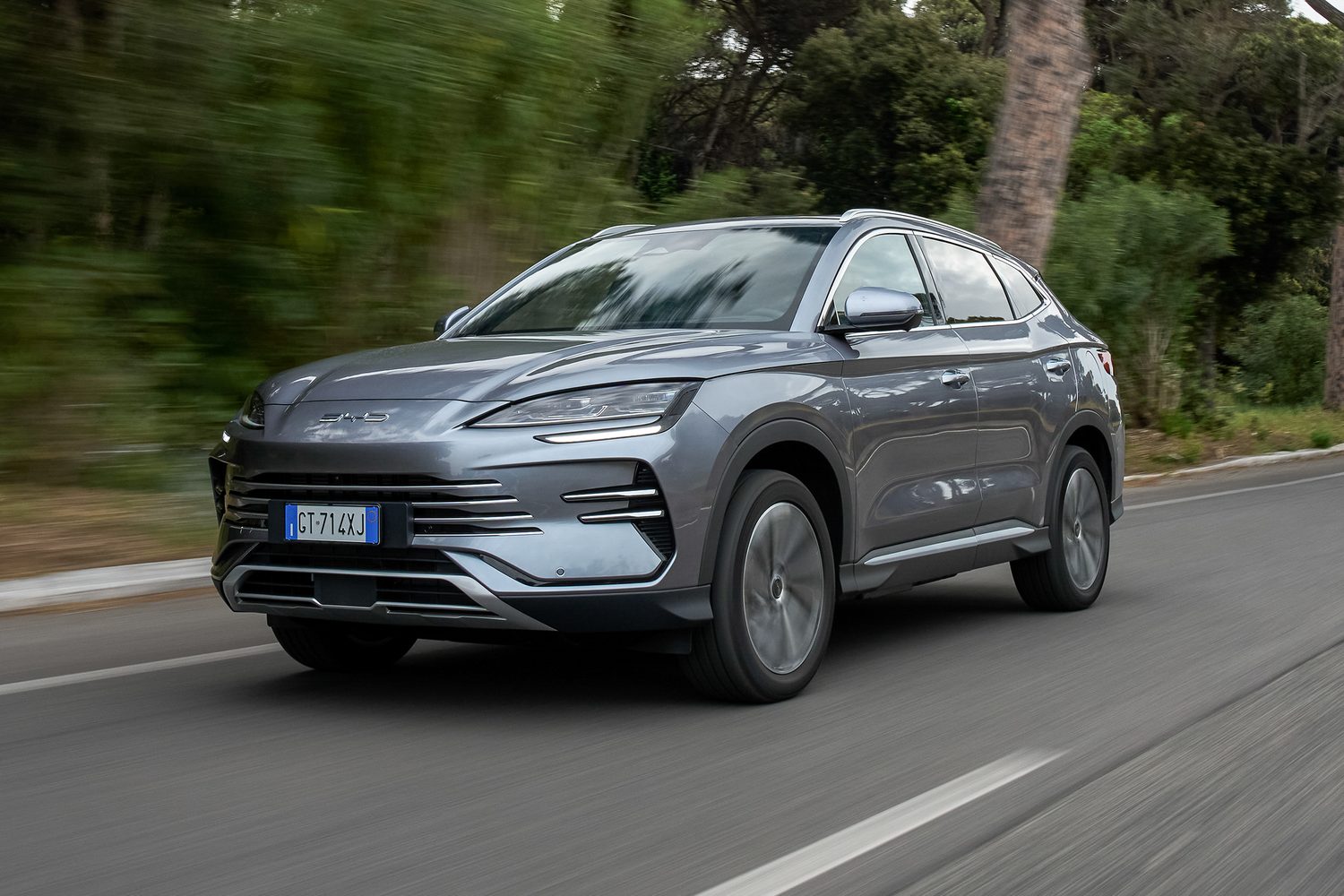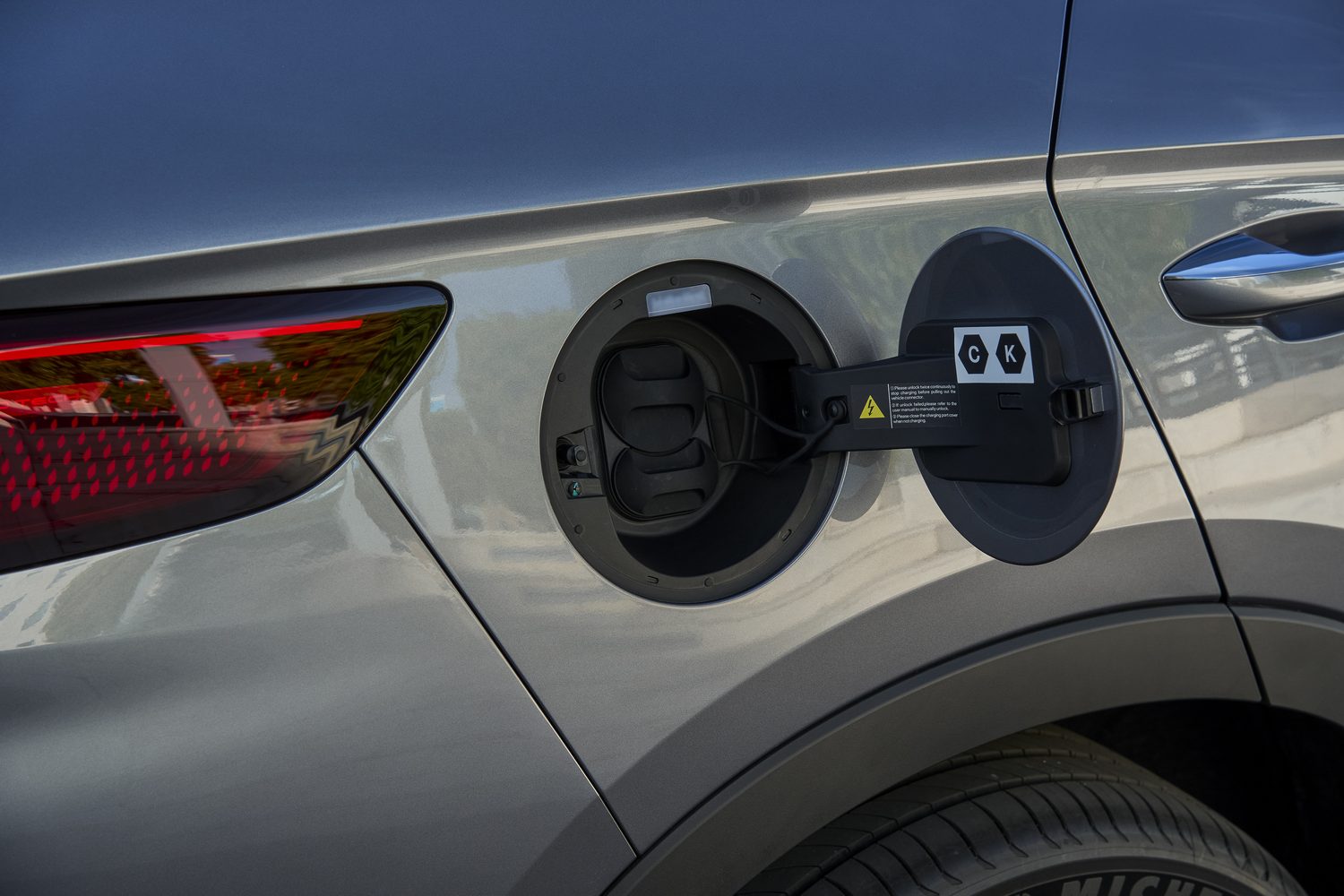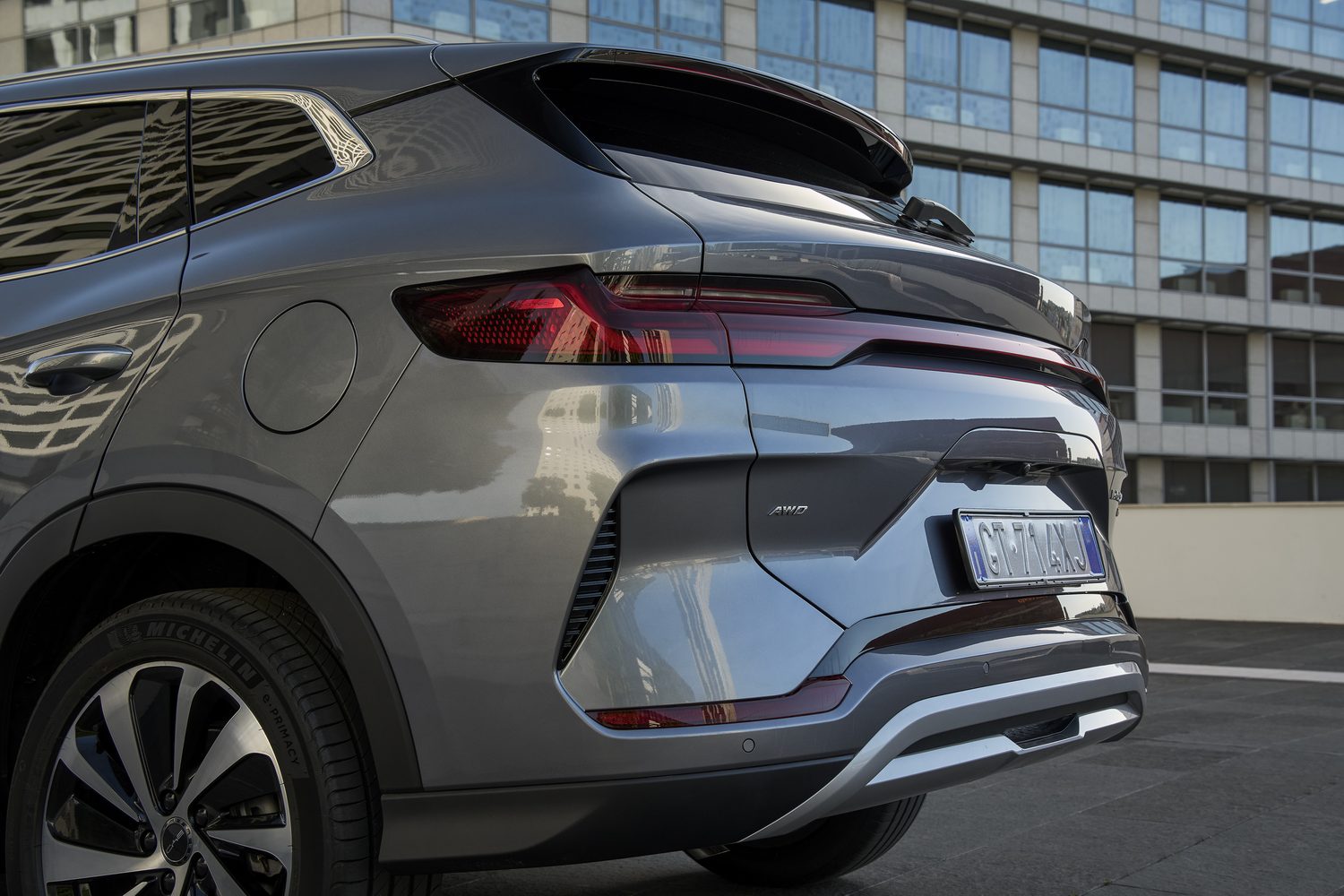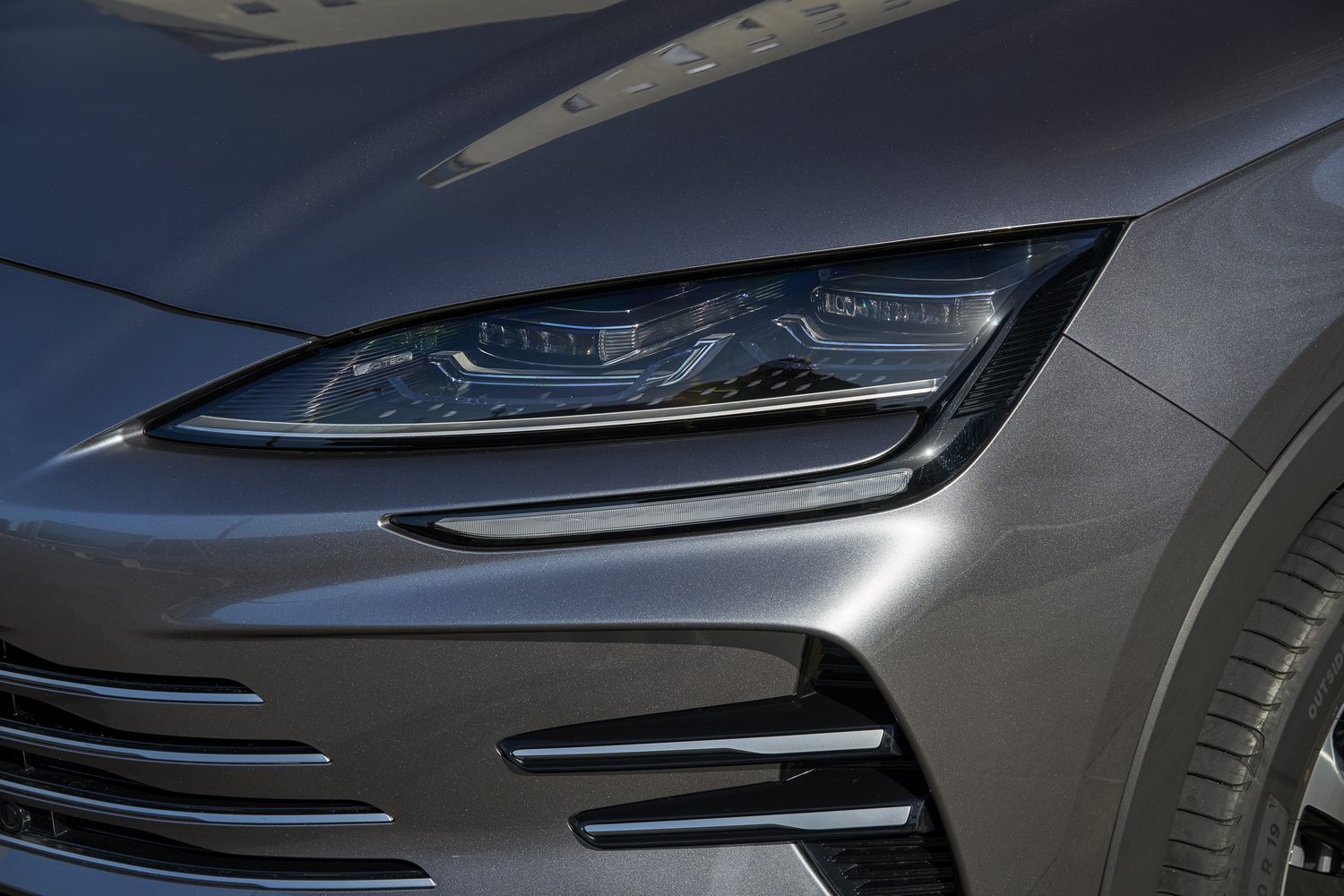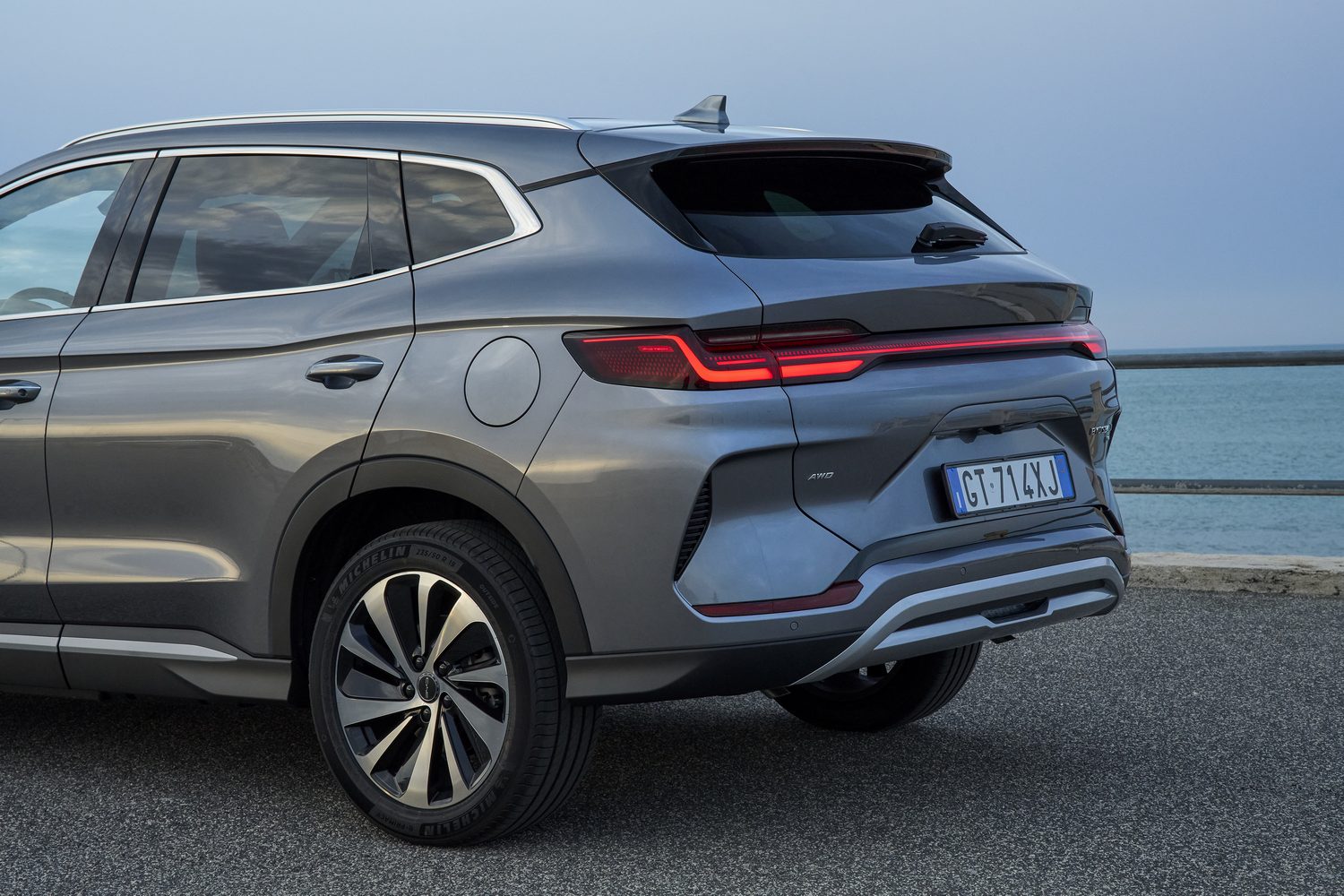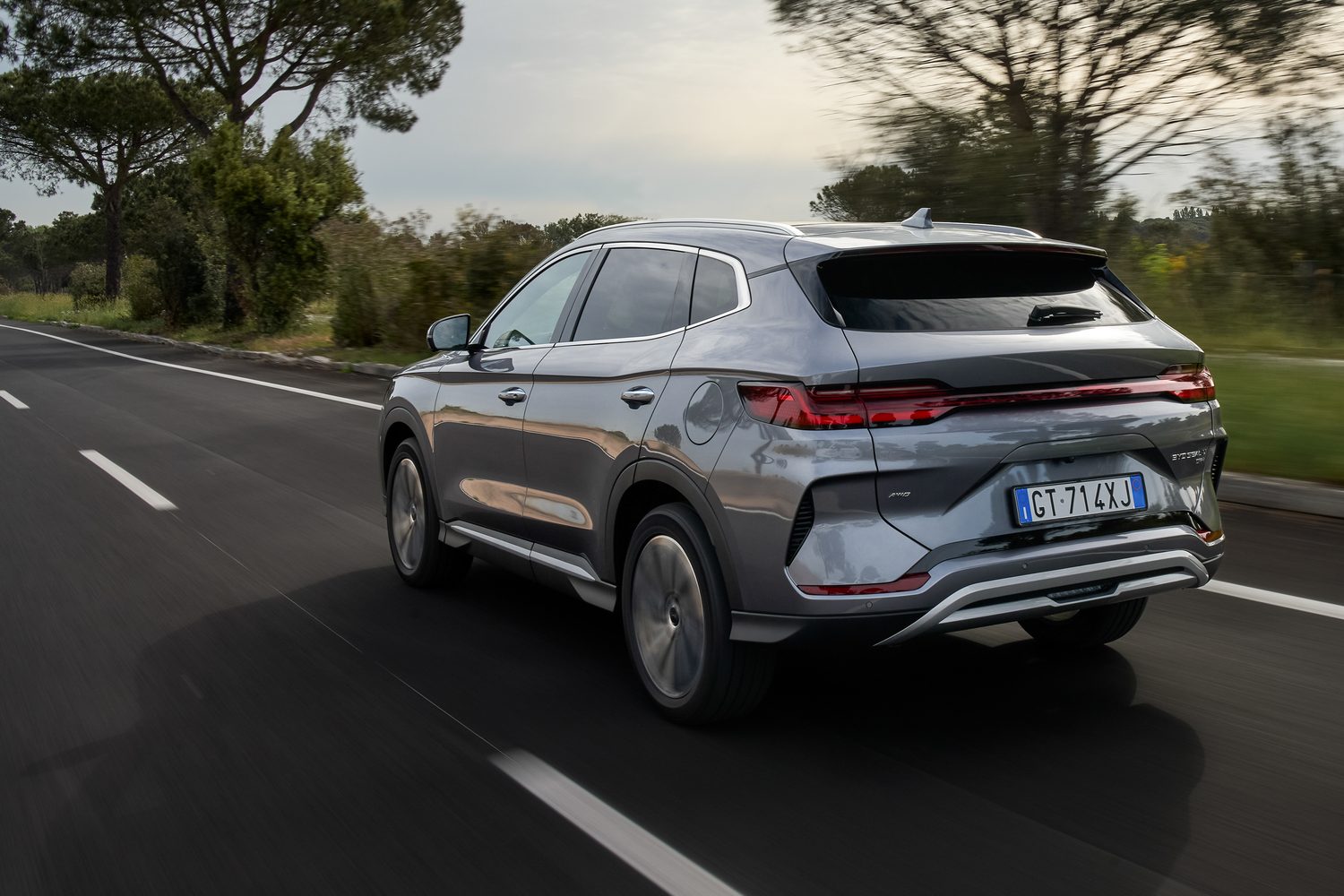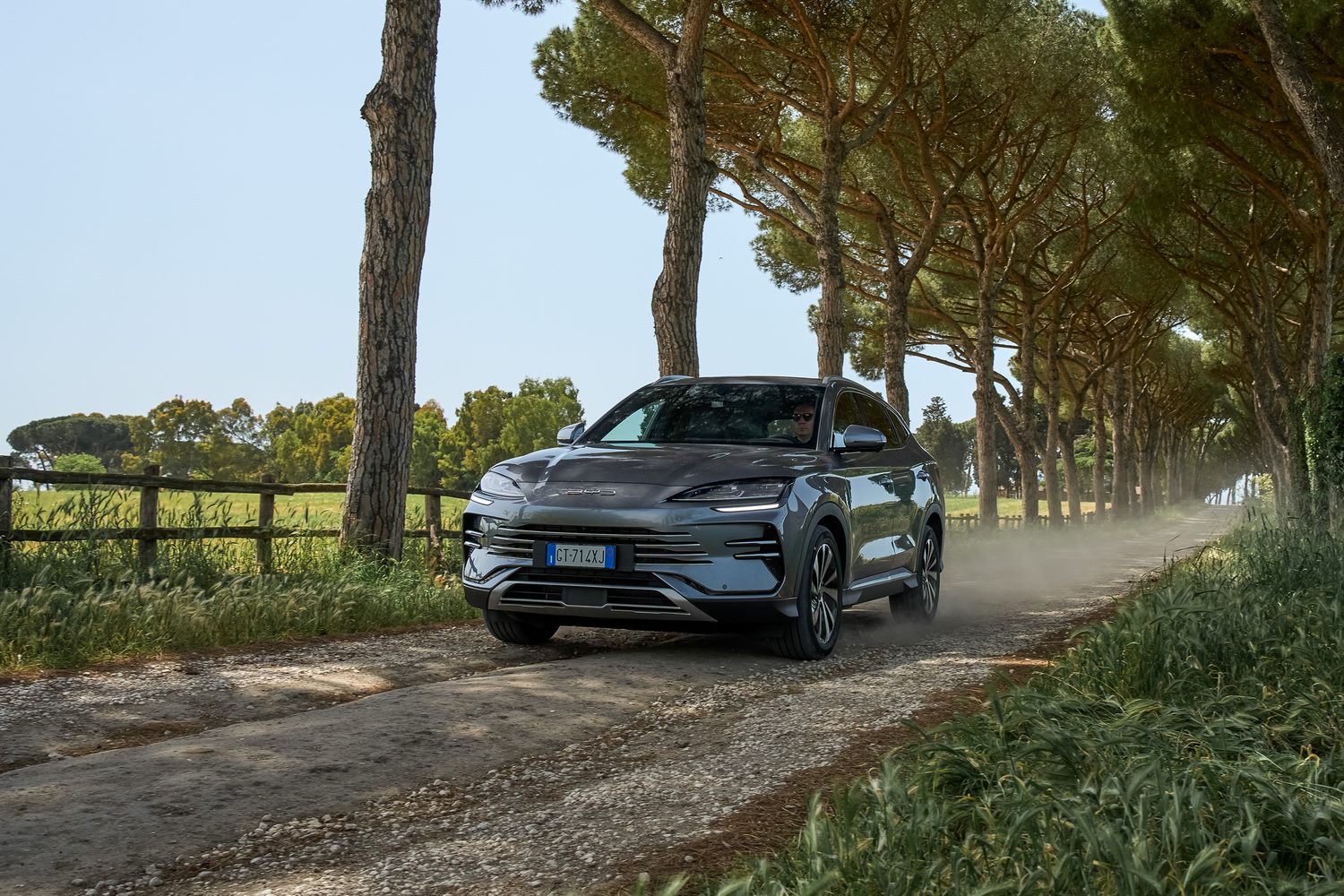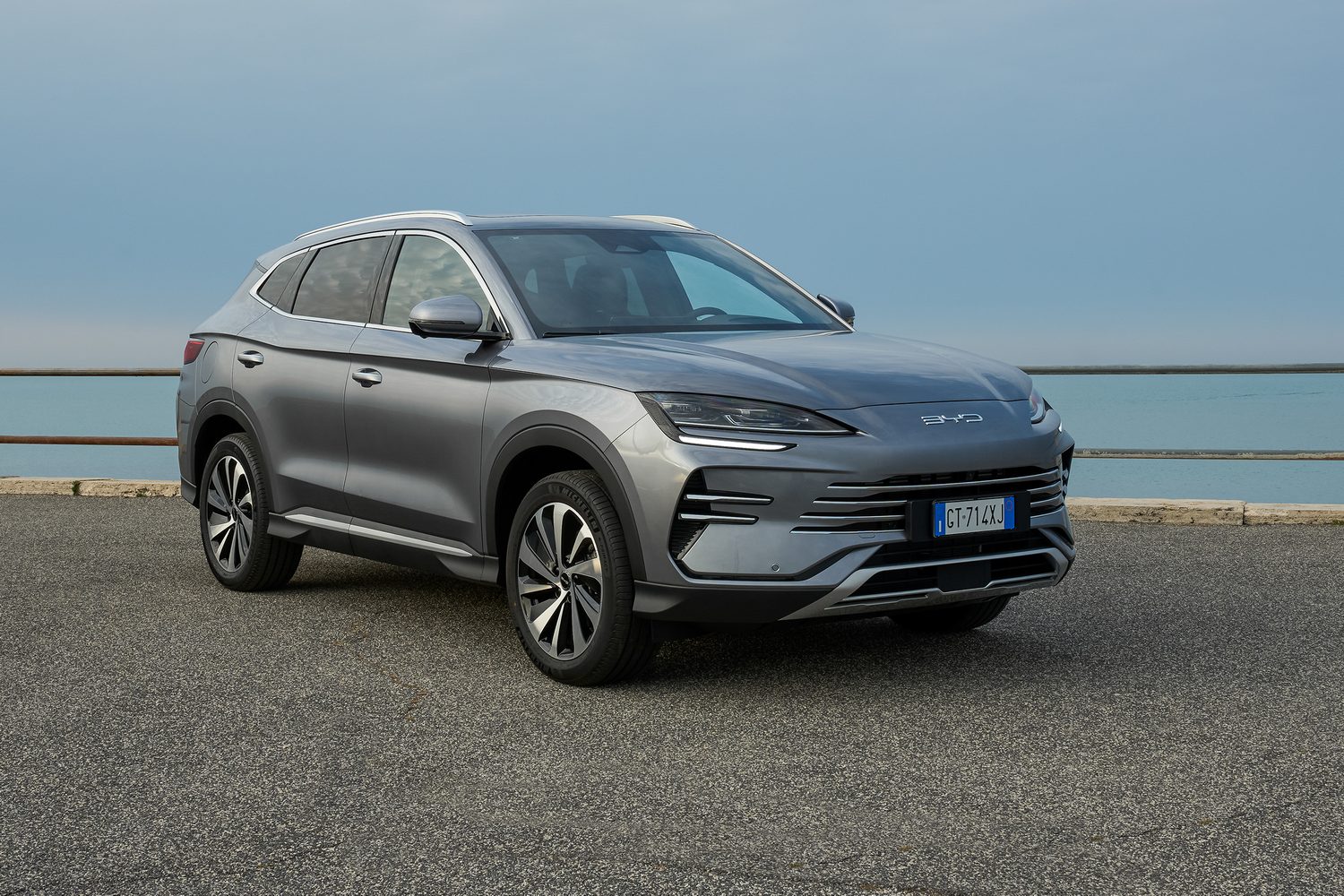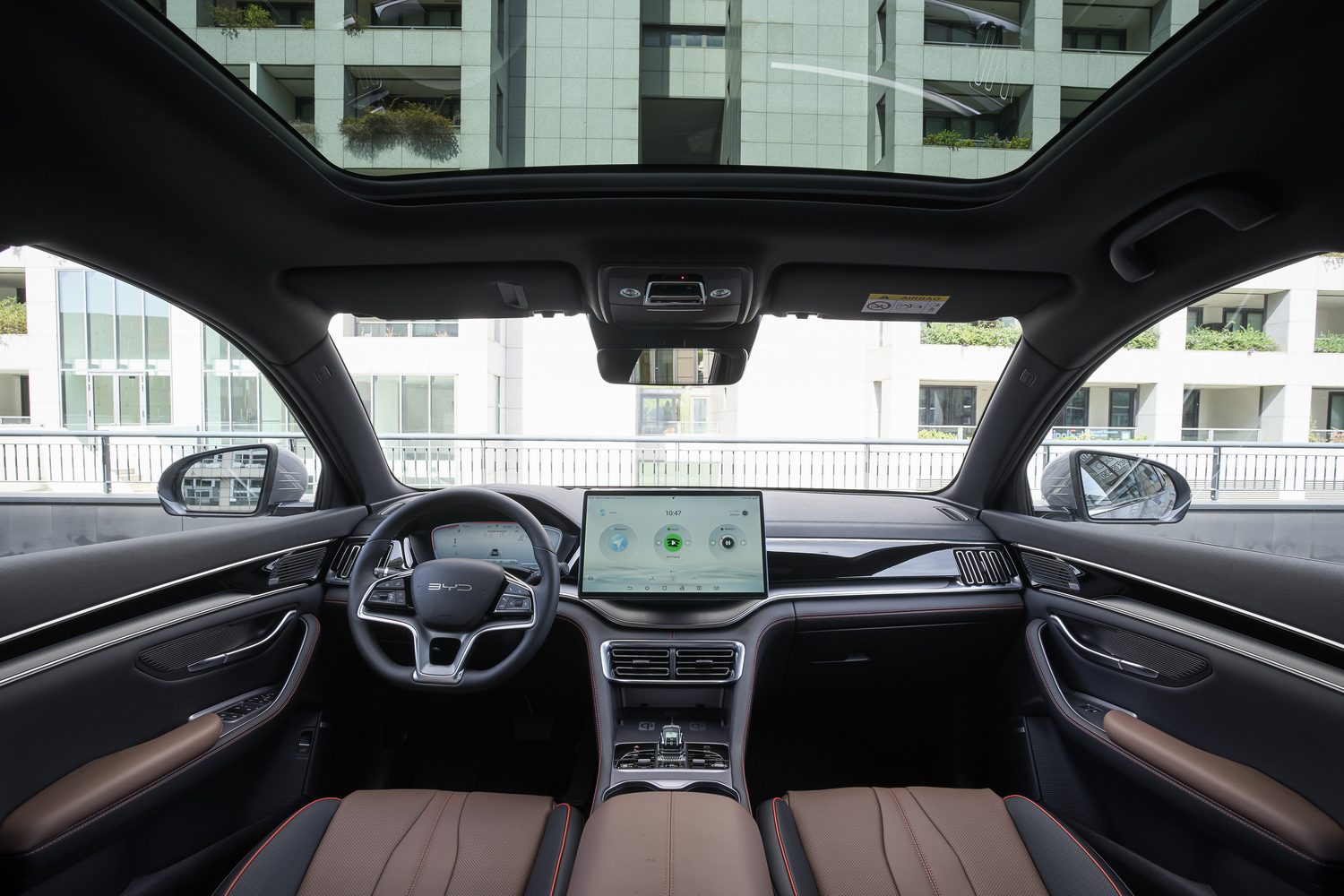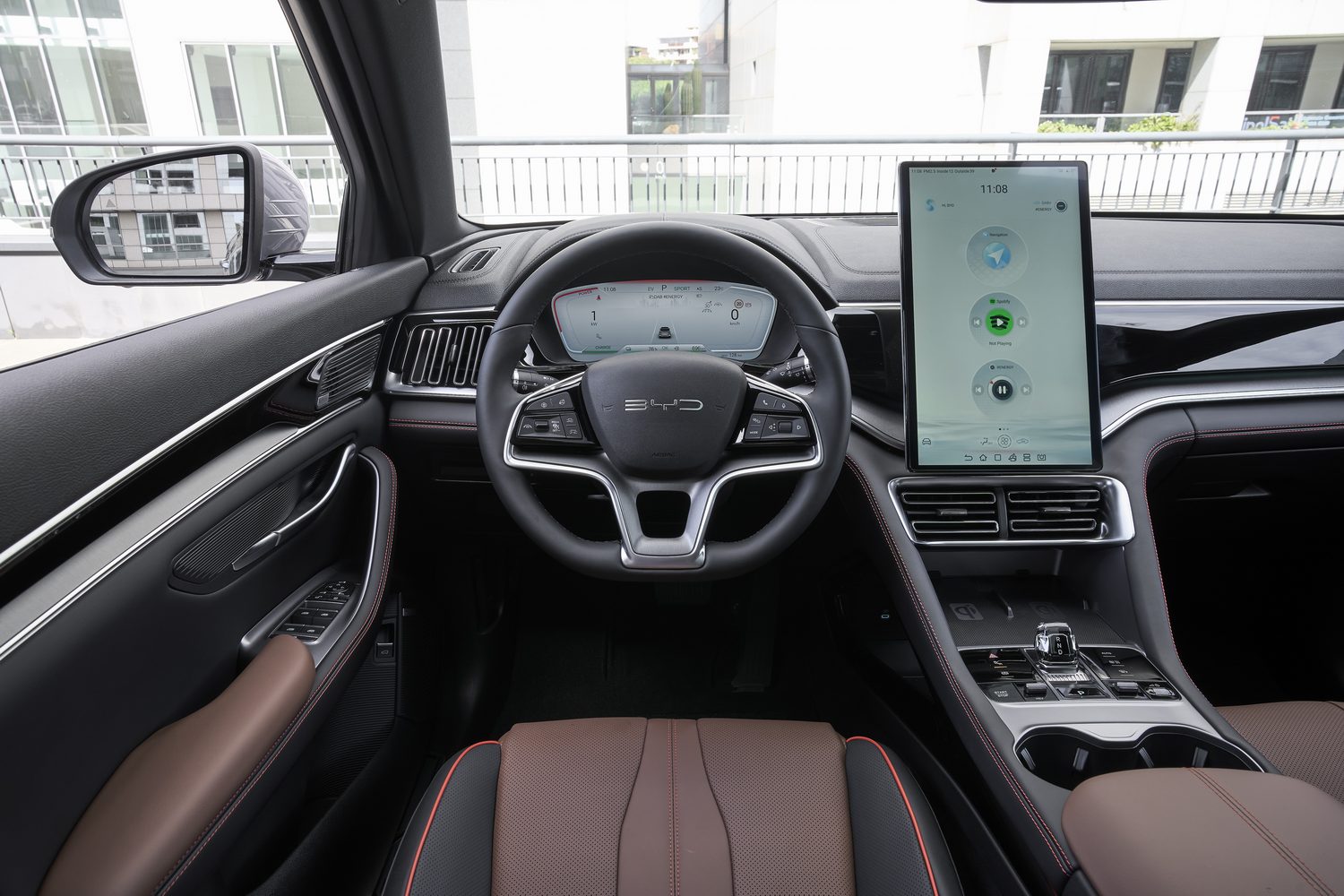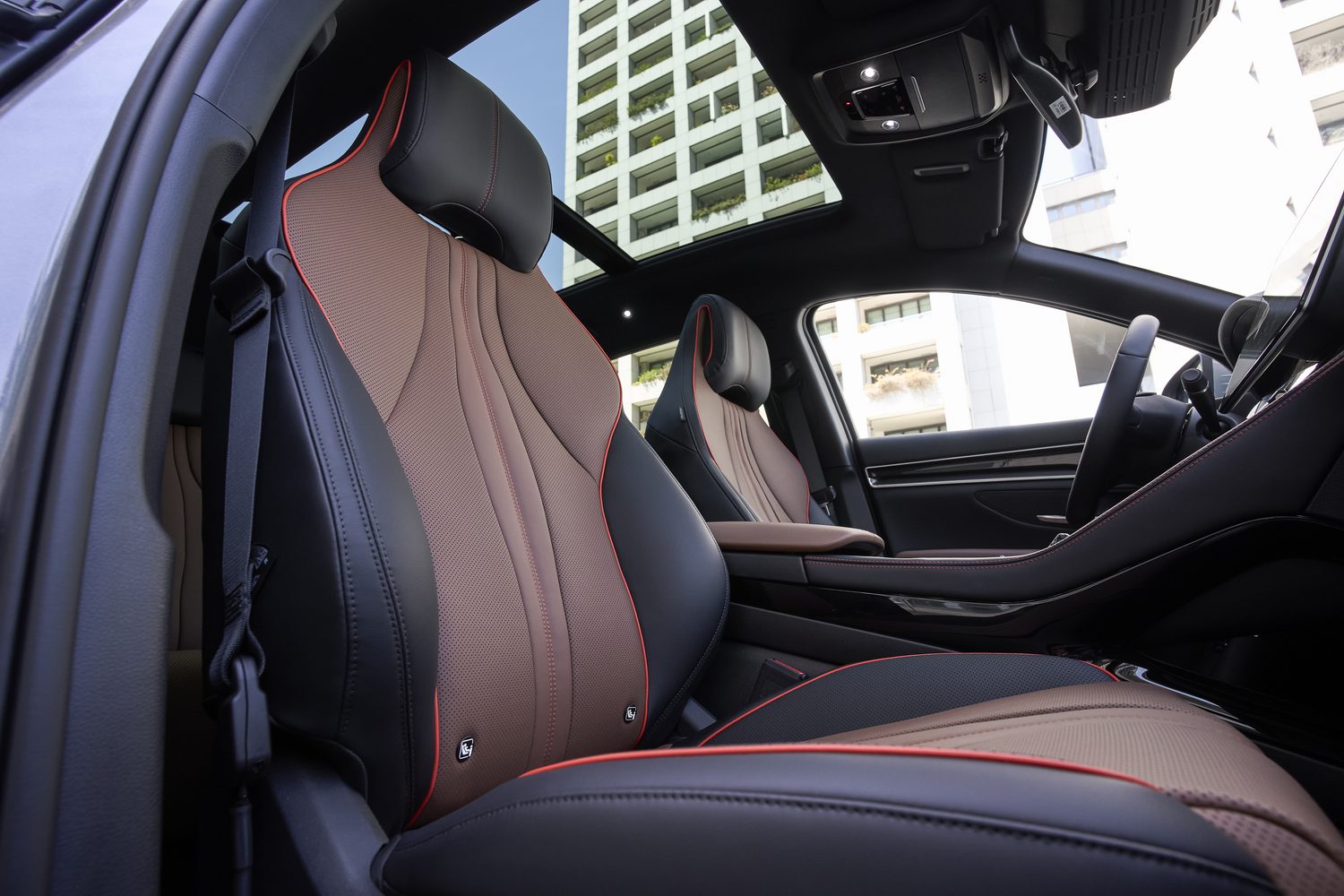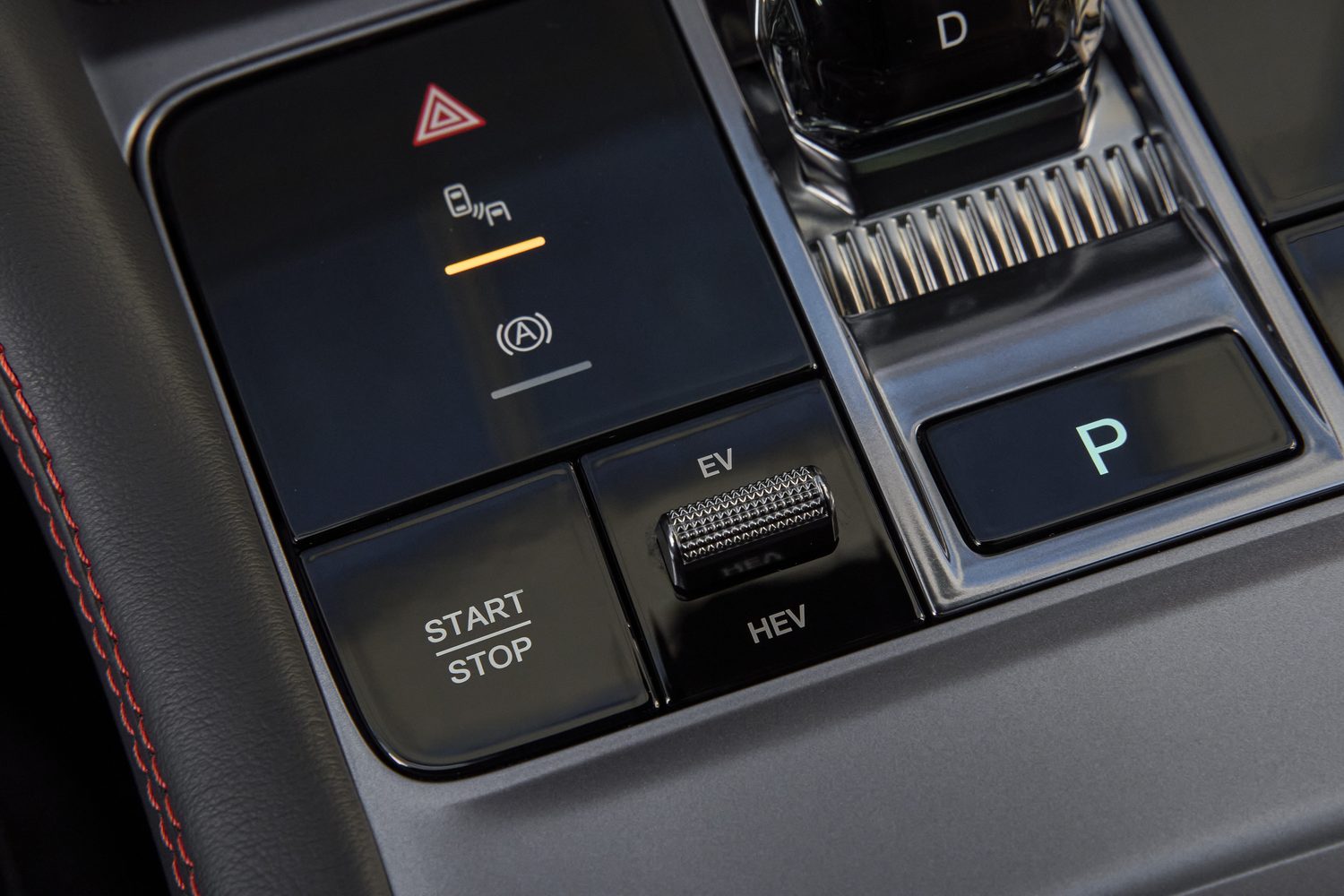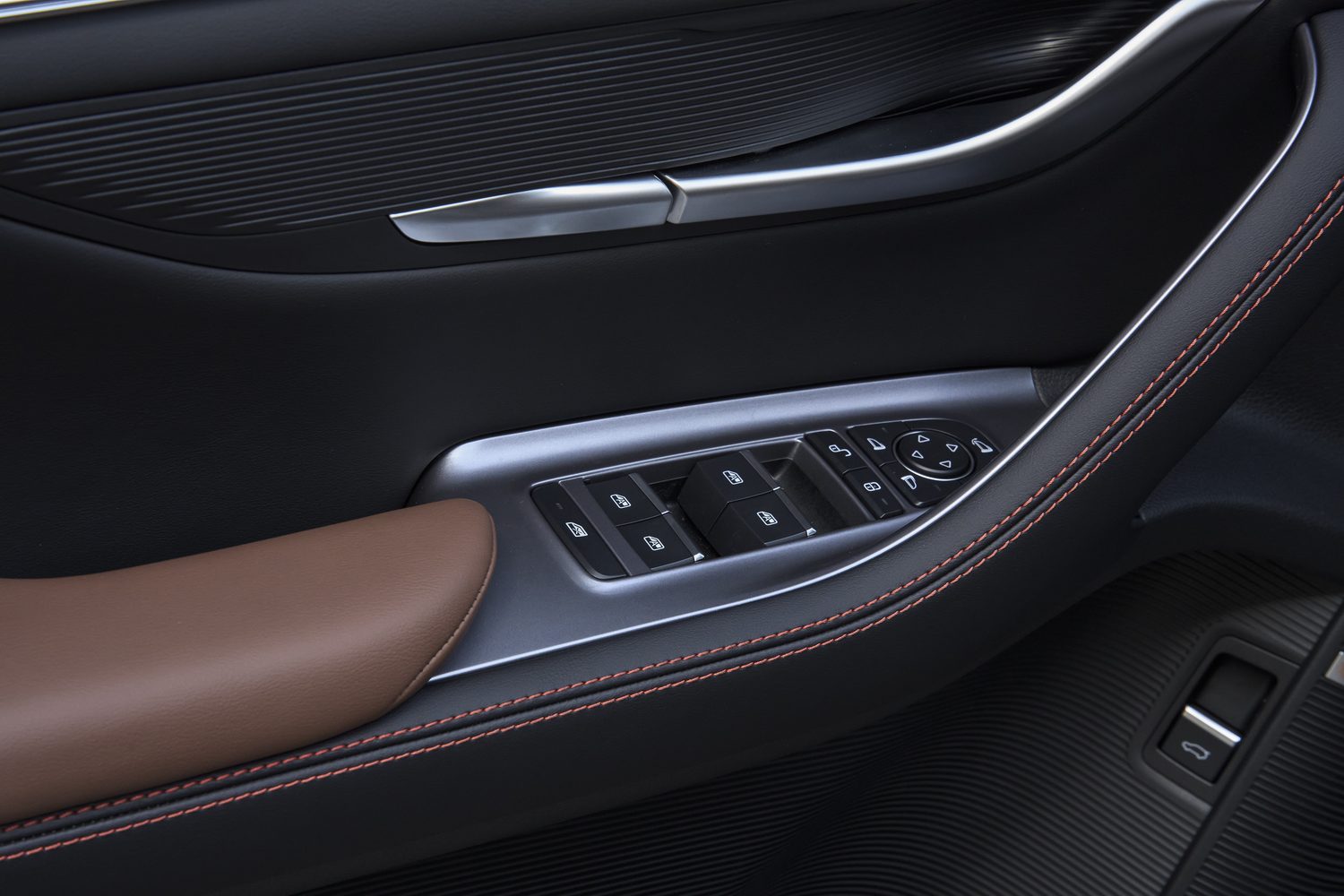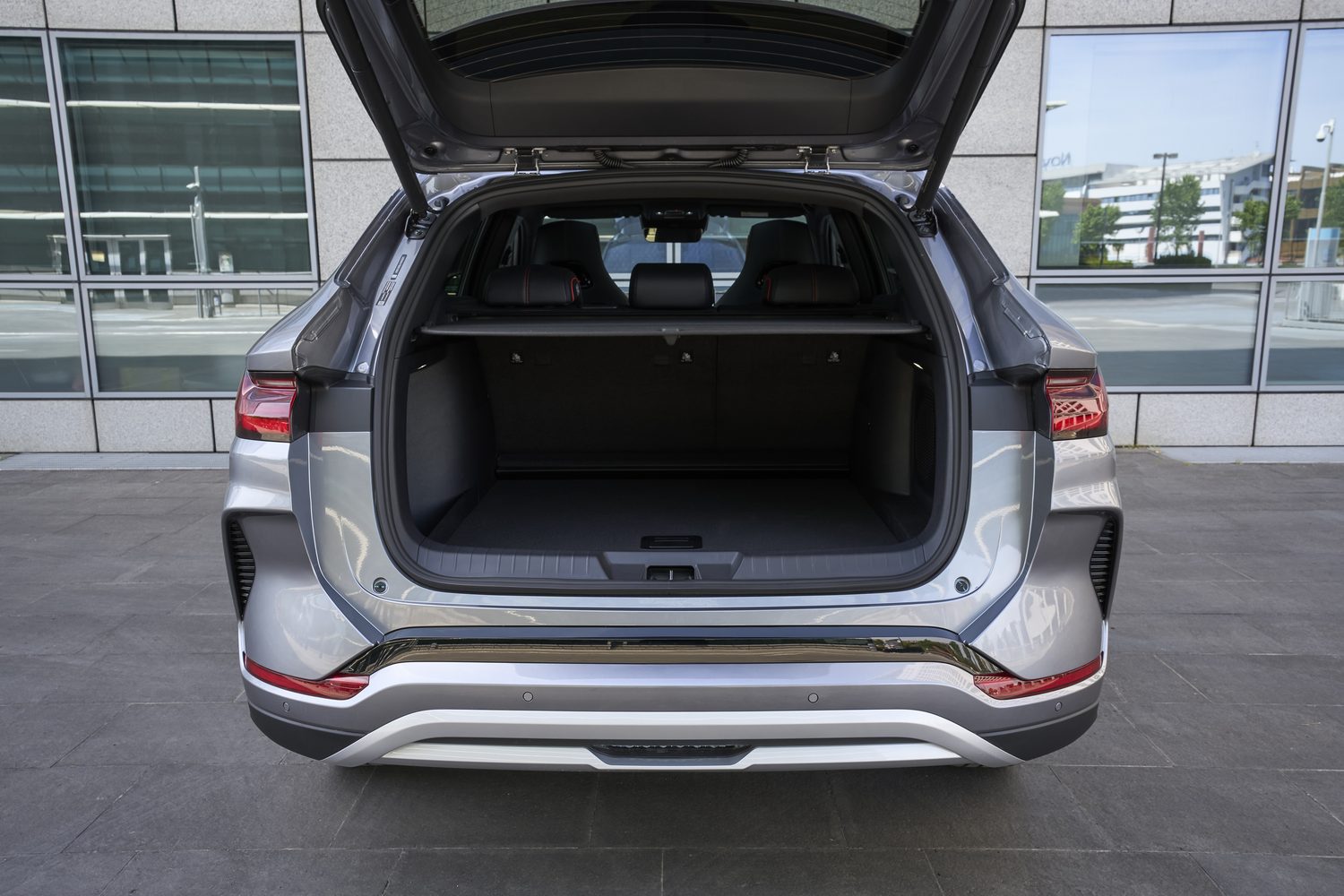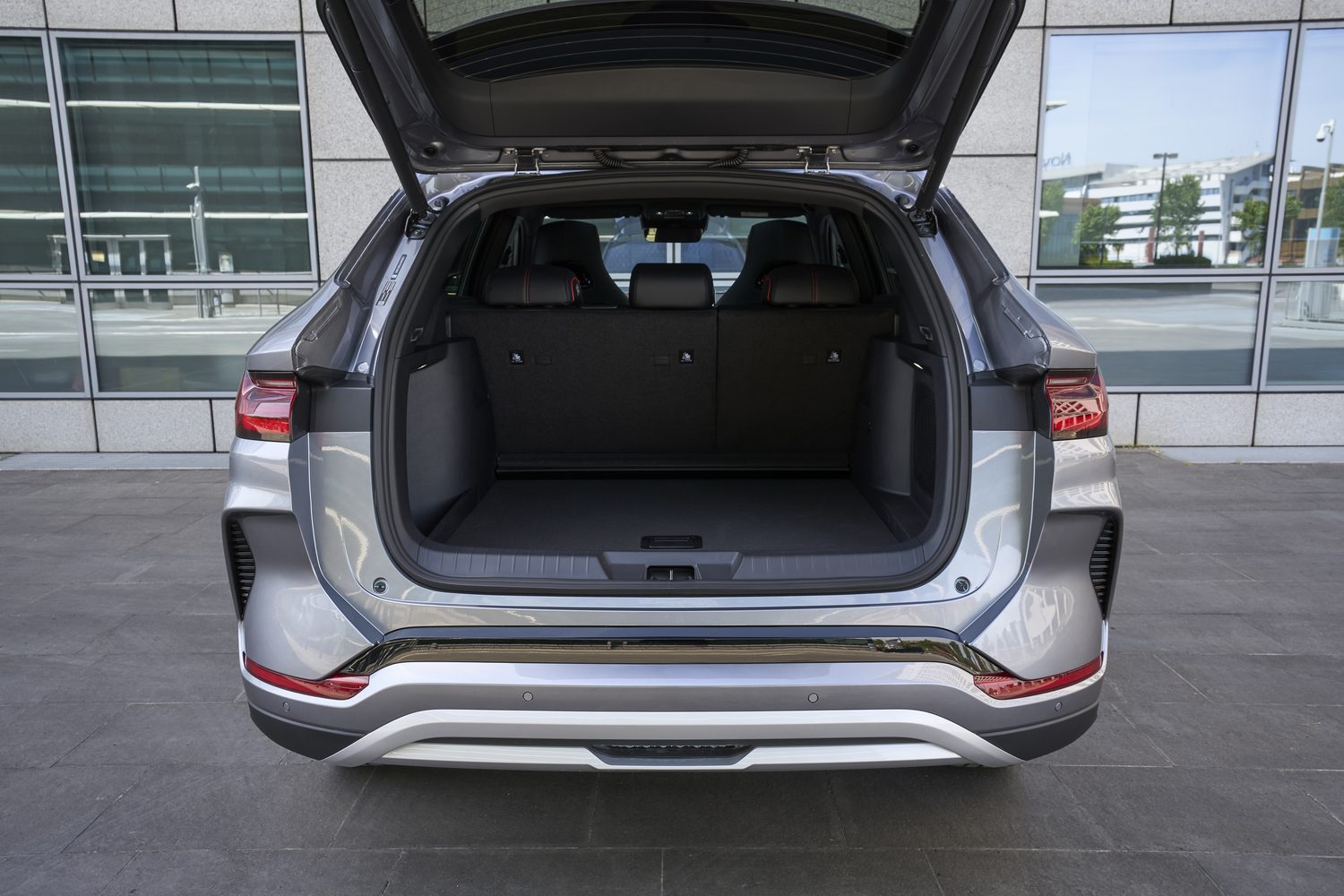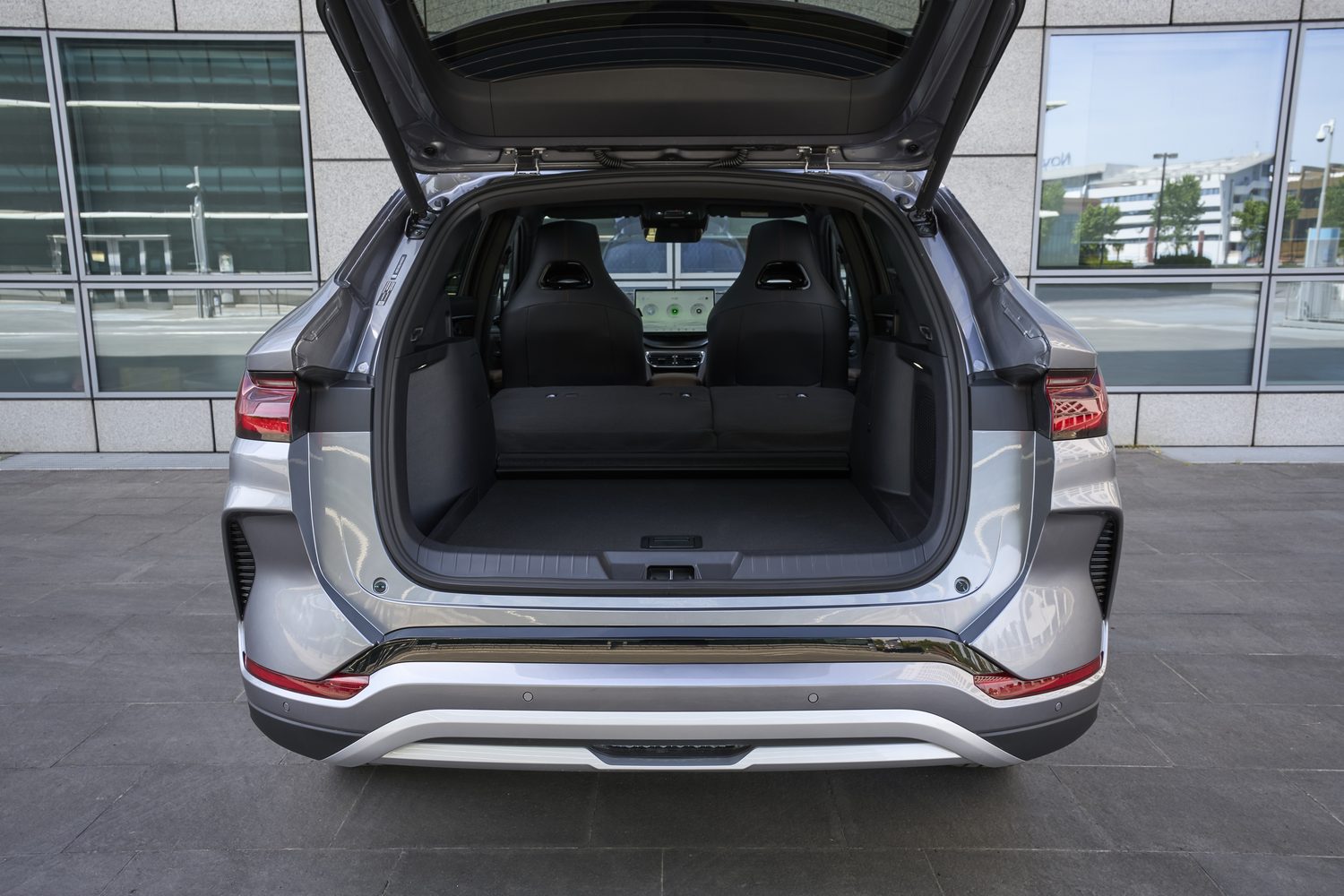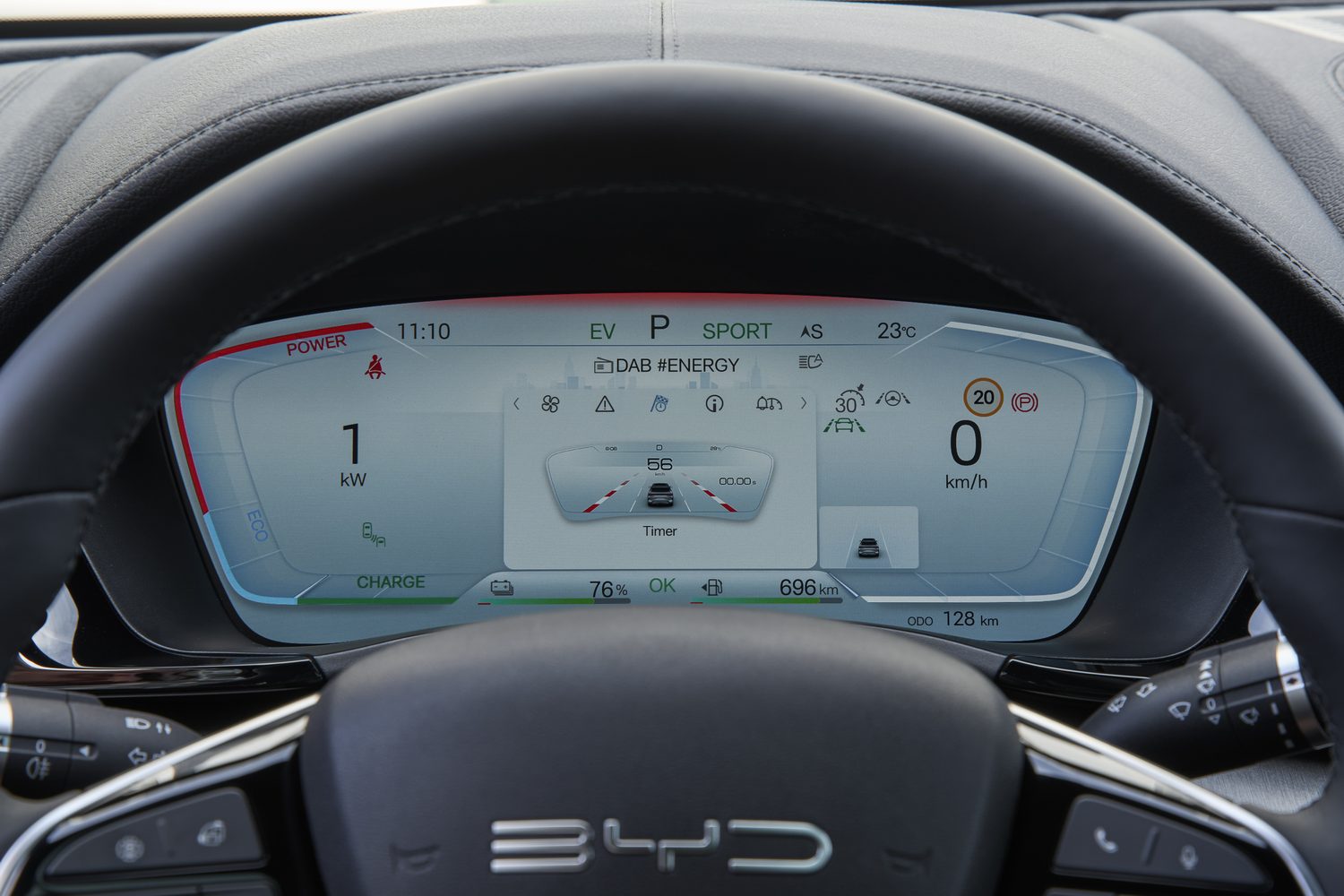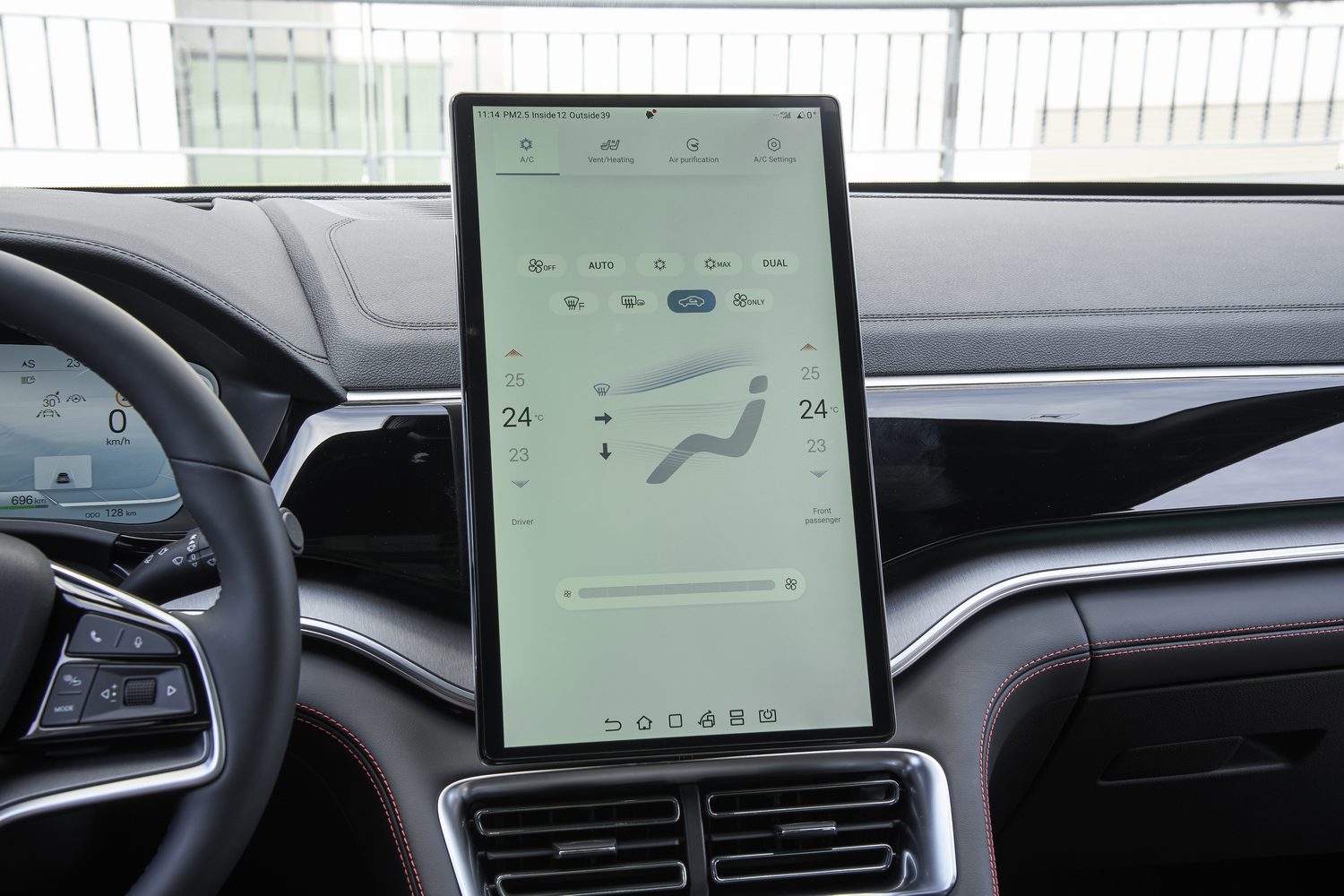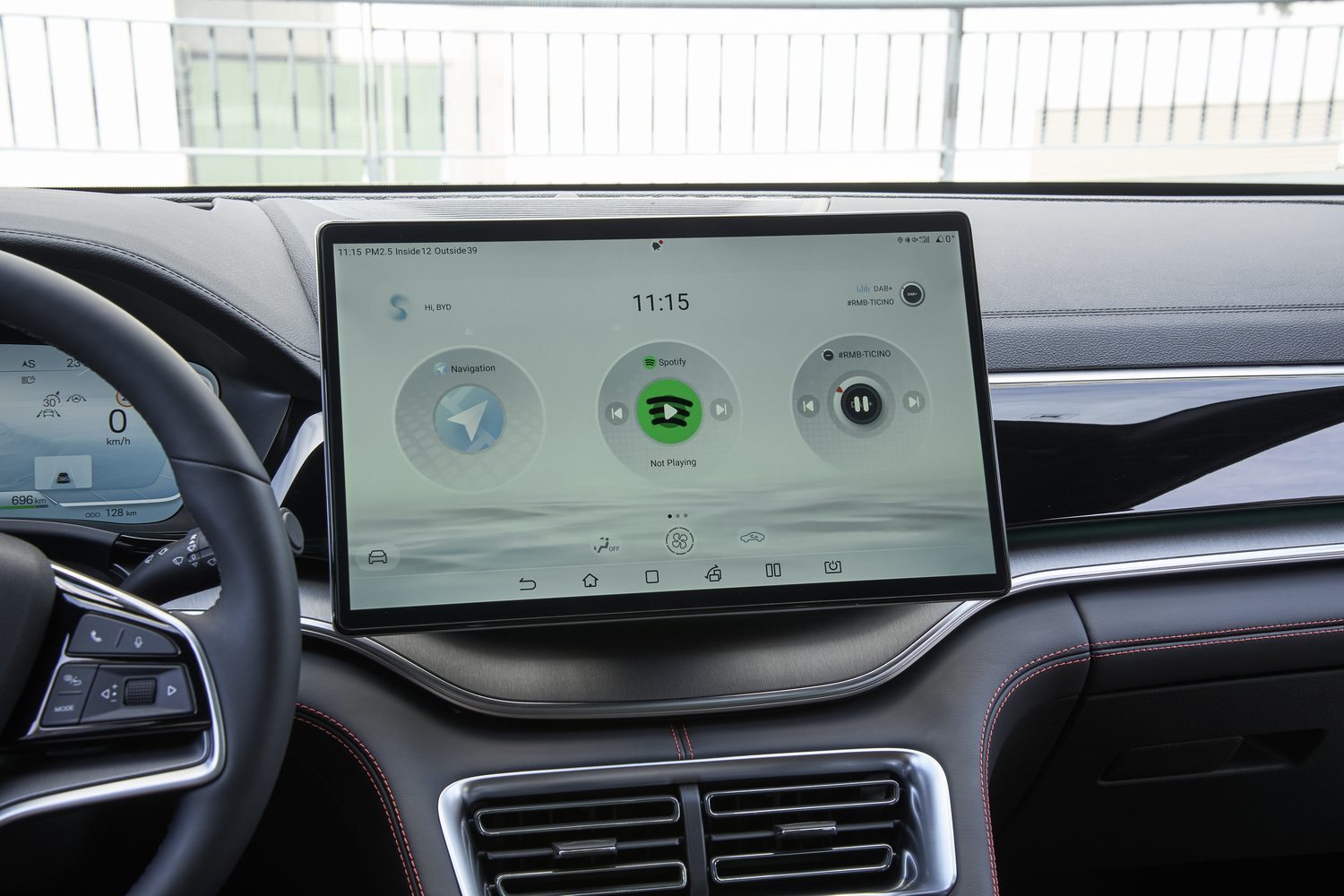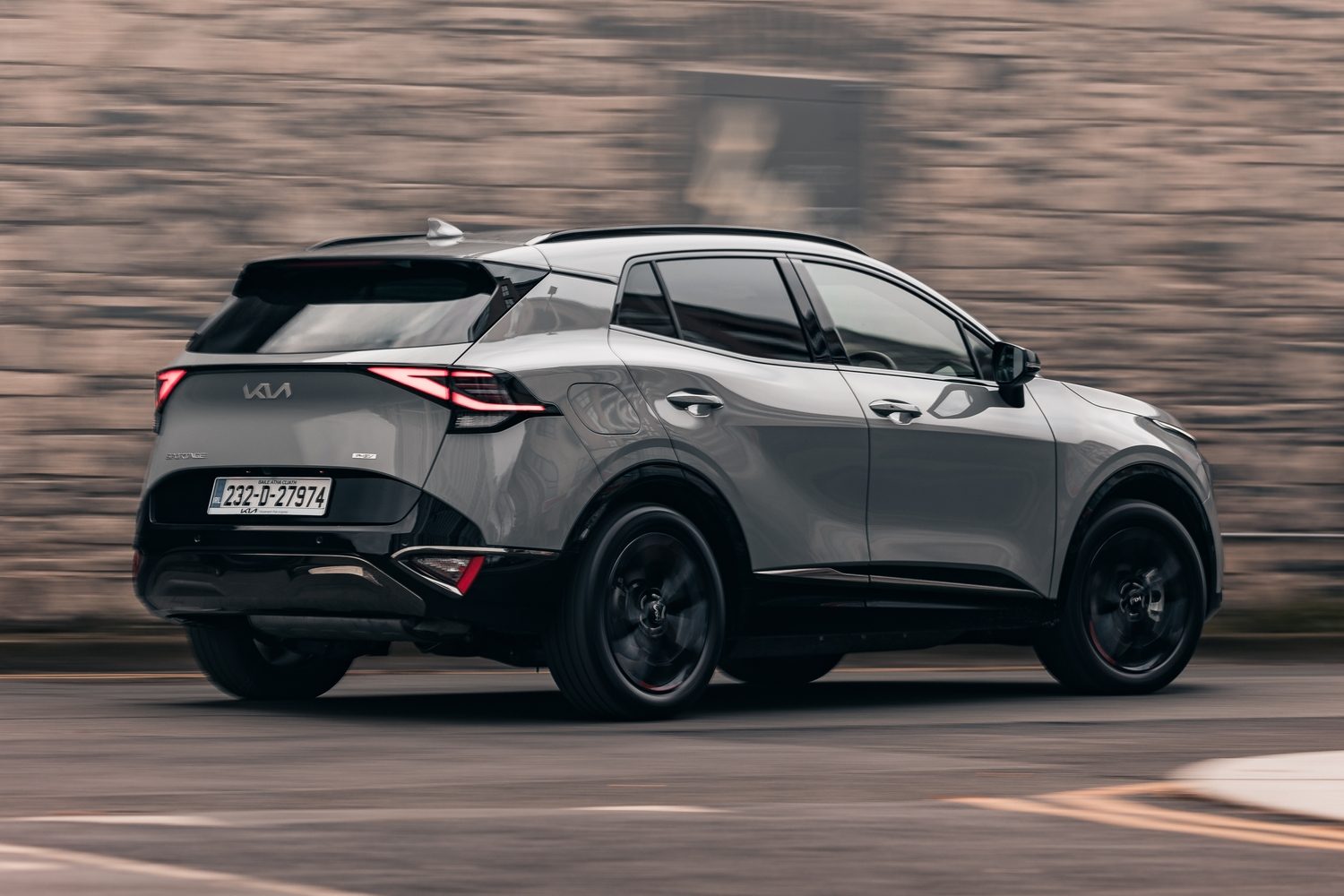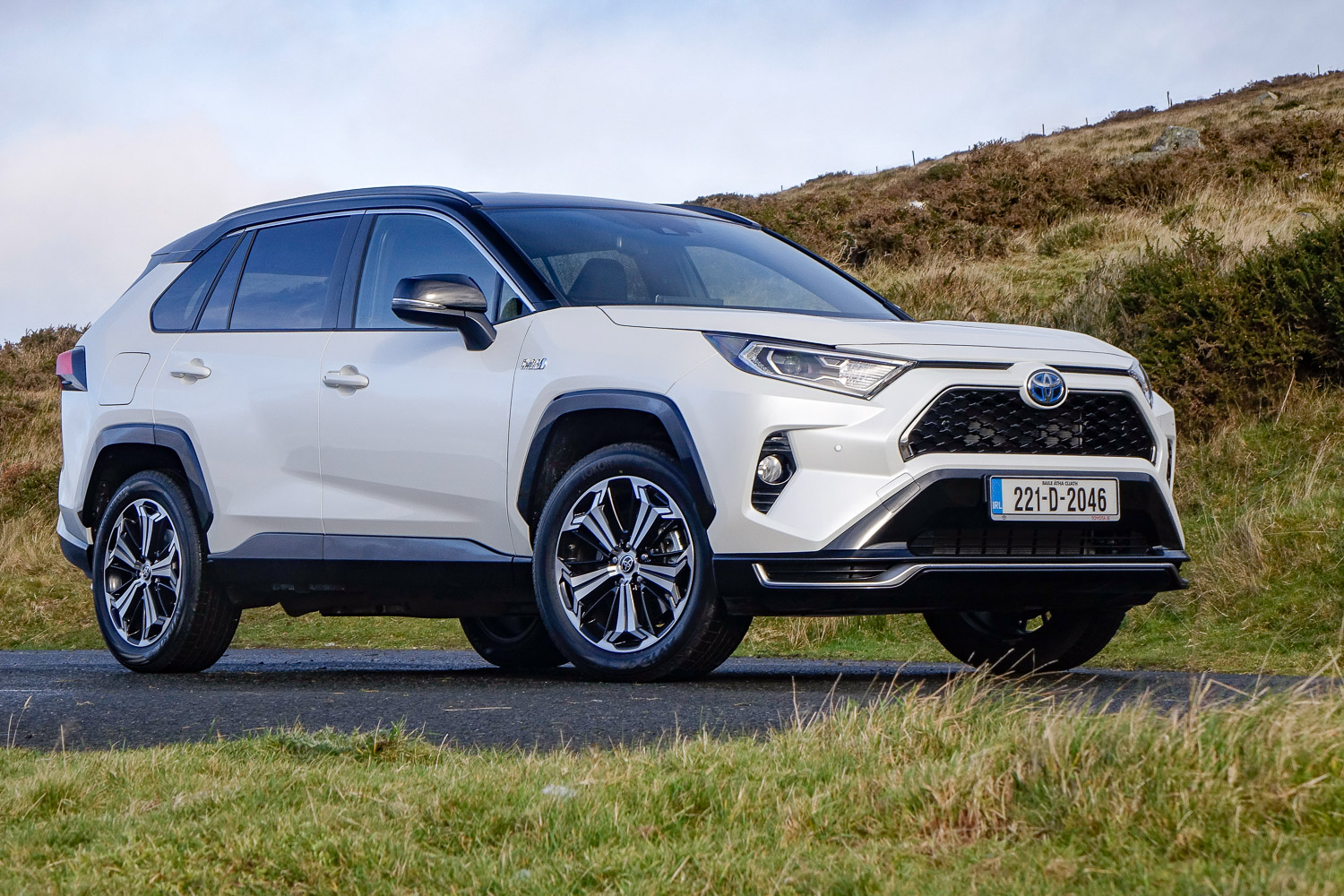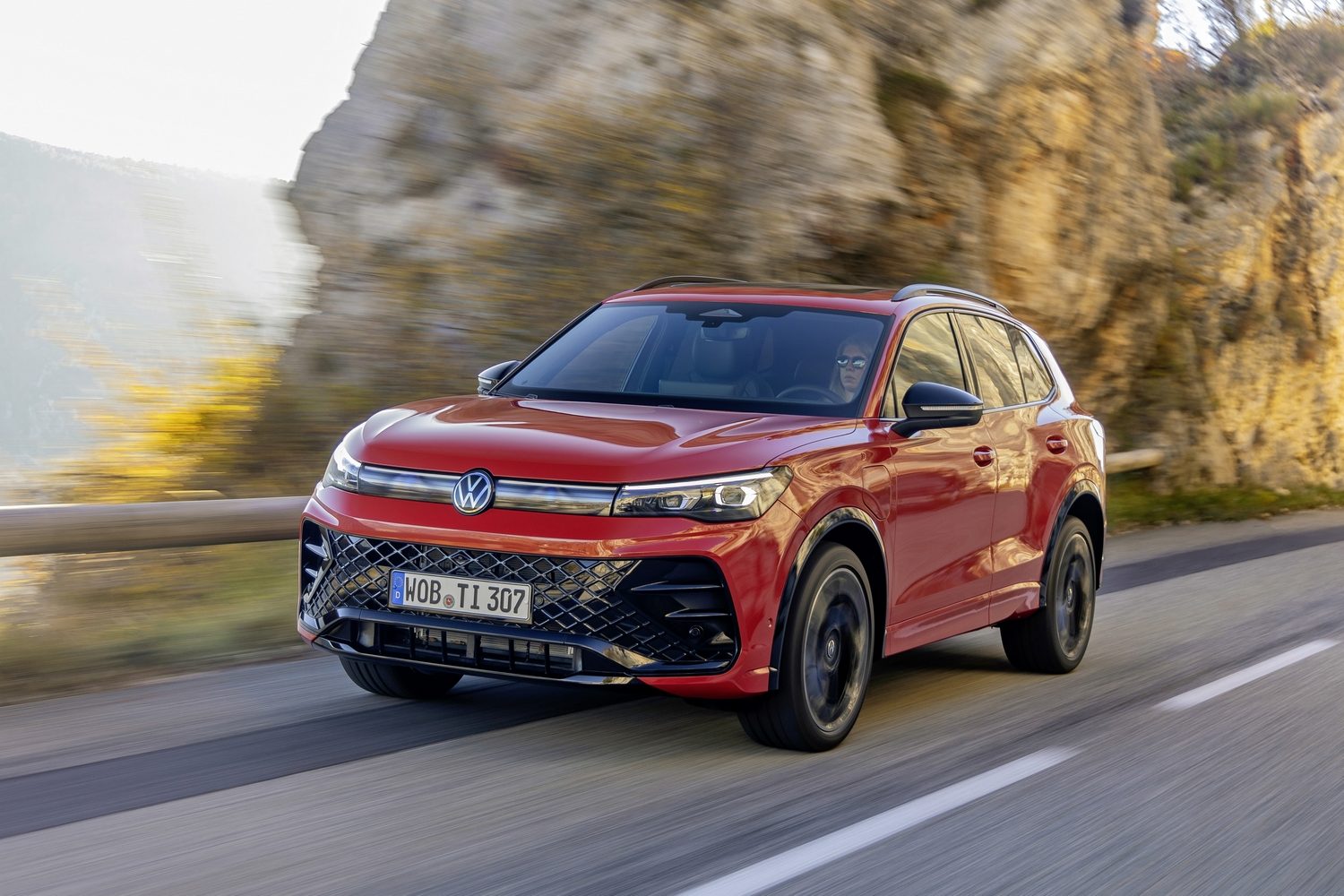Following the swift introduction of several electric vehicles to Ireland, BYD is now expanding its line-up with the Seal U, a mid-size SUV that uses a plug-in hybrid powertrain. It's well-equipped, but the question remains: can it hold its own against a host of well-established rivals?
In the metal
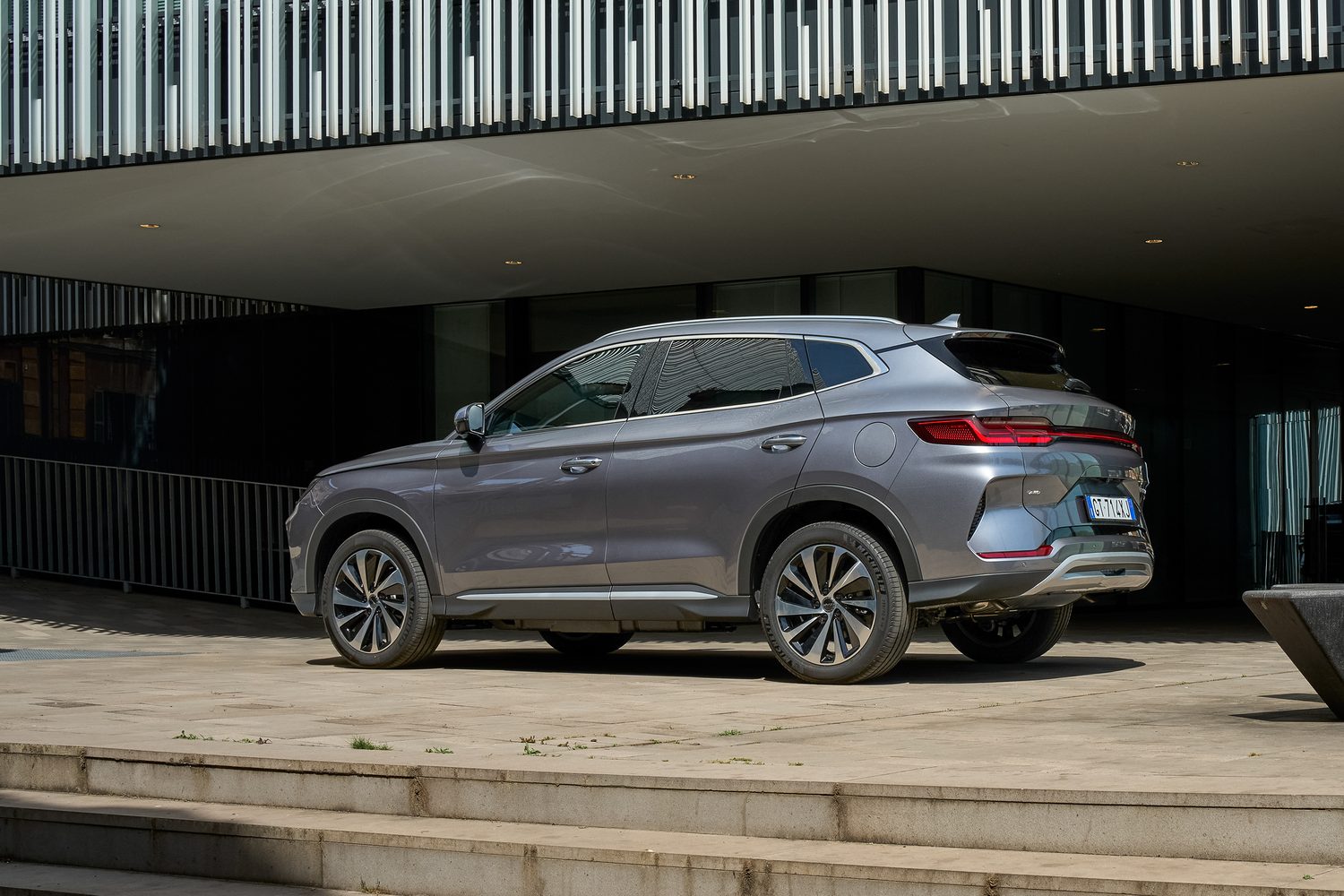
The BYD Seal U hails from the same design family as the Seal saloon, and the resemblance is clear from the front. Slender LED headlights feature a lower C-shaped section for the daytime running lights, while horizontal strakes across the lower bumper emphasise both width and height.
Slightly longer than most of its main rivals, the Seal U comes as standard with 19-inch alloy wheels. The exterior design is conservative, likely to appeal to mainstream tastes, with chrome details on the door handles, window surrounds and aluminium roof rails. A sharp crease runs from the front wings along the shoulder lines, rising slightly over the rear haunches.
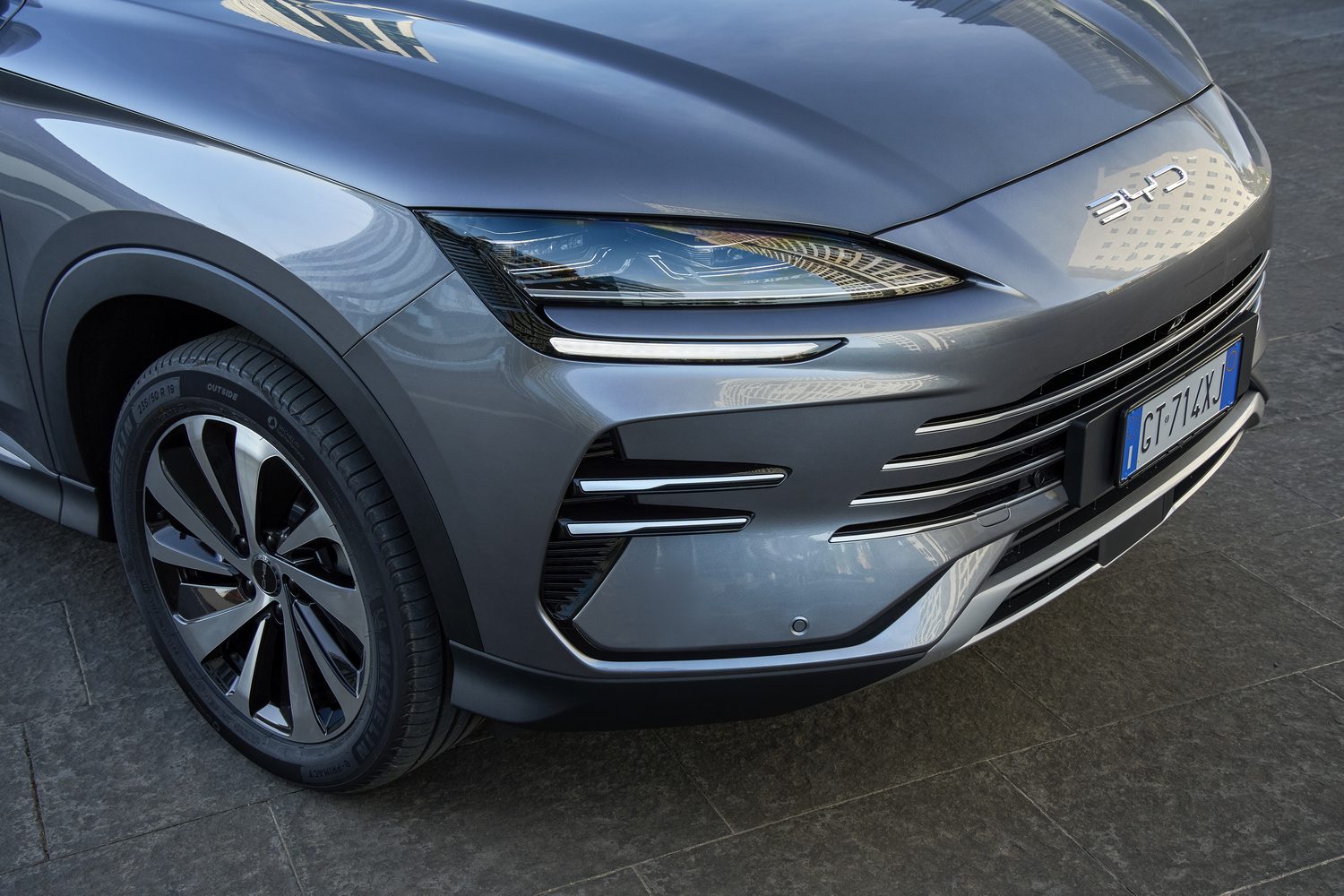
The back of the Seal U is somewhat anonymous, featuring a full-width LED light bar, but with all the badging placed lower down. Early criticism of BYD's prominent 'Build Your Dreams' branding have led to a more subdued approach with the Seal U. The electric tailgate opens to reveal 425 litres of boot space, expandable to 1,440 litres with the 60:40 split rear seats folded down. Additionally, the Seal U includes vehicle-to-load technology, allowing it to power external devices via an outlet socket in the boot rated up to 3.3kW.
Rear passenger space is among the best in the segment, thanks in part to the Seal U's overall length. There’s ample legroom, and the fully flat floor ensures even the middle seat is comfortable. While headroom is slightly reduced by the large sunroof, the extra light it lets in enhances the sense of spaciousness.

The roomy feel extends to the front seats, which are electrically operated with heating and cooling functions. There’s a broad, low centre console, 12.3-inch digital instrumentation, a colour head-up display and a 15.6-inch touchscreen that can rotate 90 degrees. Below the touchscreen are air vents, two wireless phone chargers and a control panel for the drive features. There are also two cup holders and a deep storage bin under the central armrest.
Driving it
BYD’s plug-in hybrid technology, dubbed ‘DM-I’, is a key feature of the Seal U. It’s available with two different battery sizes: an 18.3kWh unit and a larger 26.6kWh pack, delivering electric driving ranges of up to 80 and 125 kilometres, respectively, depending on the model. Both battery options are paired with a plug-in hybrid system that includes a naturally aspirated 1.5-litre four-cylinder petrol engine, a 145kW electric motor and a front-wheel-drive transmission.
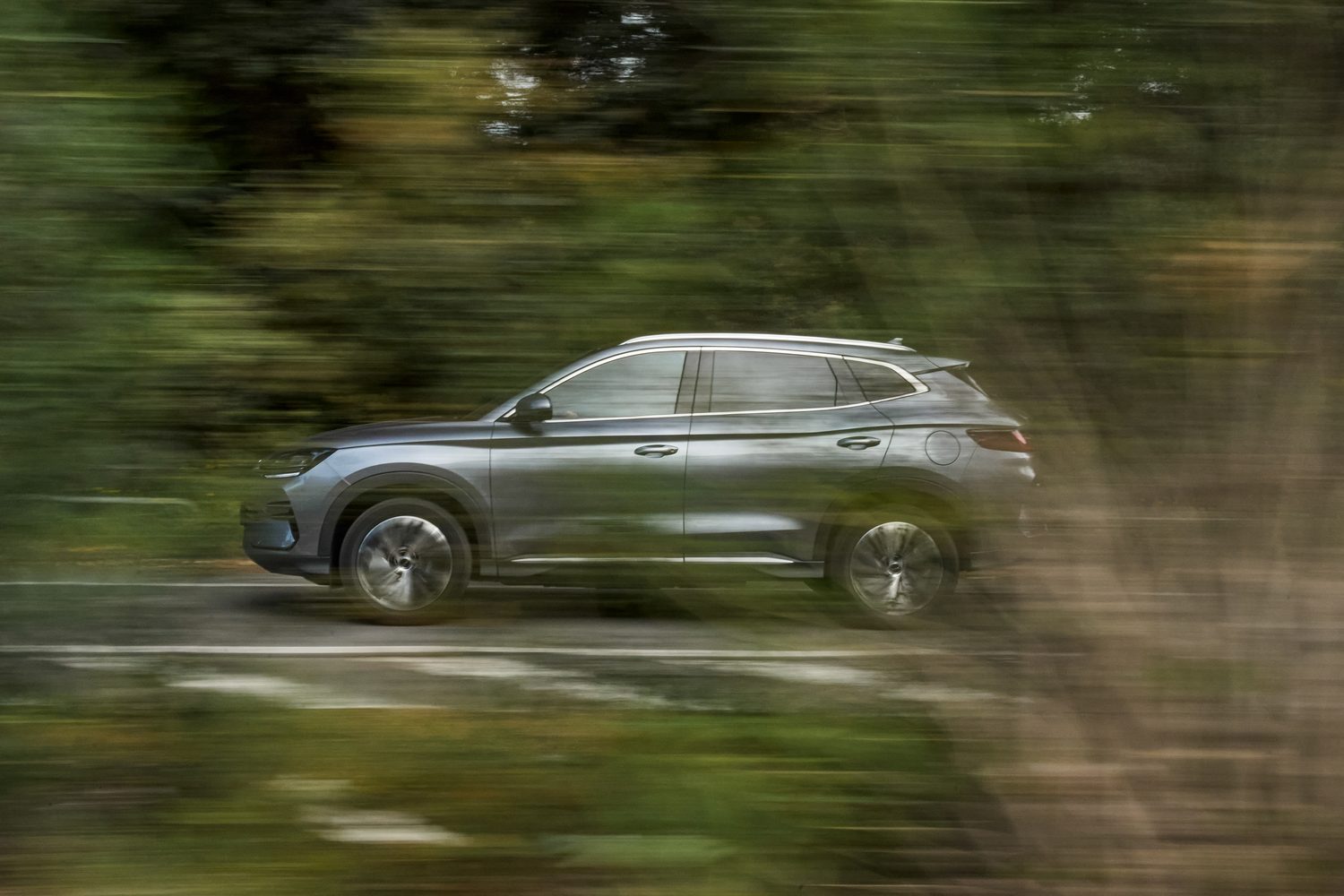
The model we're driving is the dual-motor, all-wheel-drive variant. This version comes with the smaller battery pack but benefits from an additional electric motor powering the rear axle, enhancing its performance and traction.
Drivers of the BYD Seal U can choose between EV mode, which relies solely on electric power until the battery is depleted, and HEV (hybrid) mode, where the car manages the use of its plug-in hybrid system. In EV mode, the Seal U operates like a regular electric vehicle, delivering smooth and silent power.
The dual-motor setup features a 150kW (201hp) motor on the front axle and a 120kW (160hp) motor on the rear. Unlike the front-wheel-drive versions, which use an economy-focused ‘Atkinson cycle’ engine, the all-wheel-drive model is equipped with a turbocharged unit running the Miller cycle.
While the Seal U can feel brisk at times, BYD has prioritised comfort and refinement over outright speed. The SUV’s soft suspension excels at absorbing surface imperfections, providing a smooth, almost-floating experience on the motorway. This setup highlights the Seal U’s refinement, although it can lead to a bit of bobbing on uneven tarmac. This is where the Seal U sets itself apart from more firmly sprung European competitors.
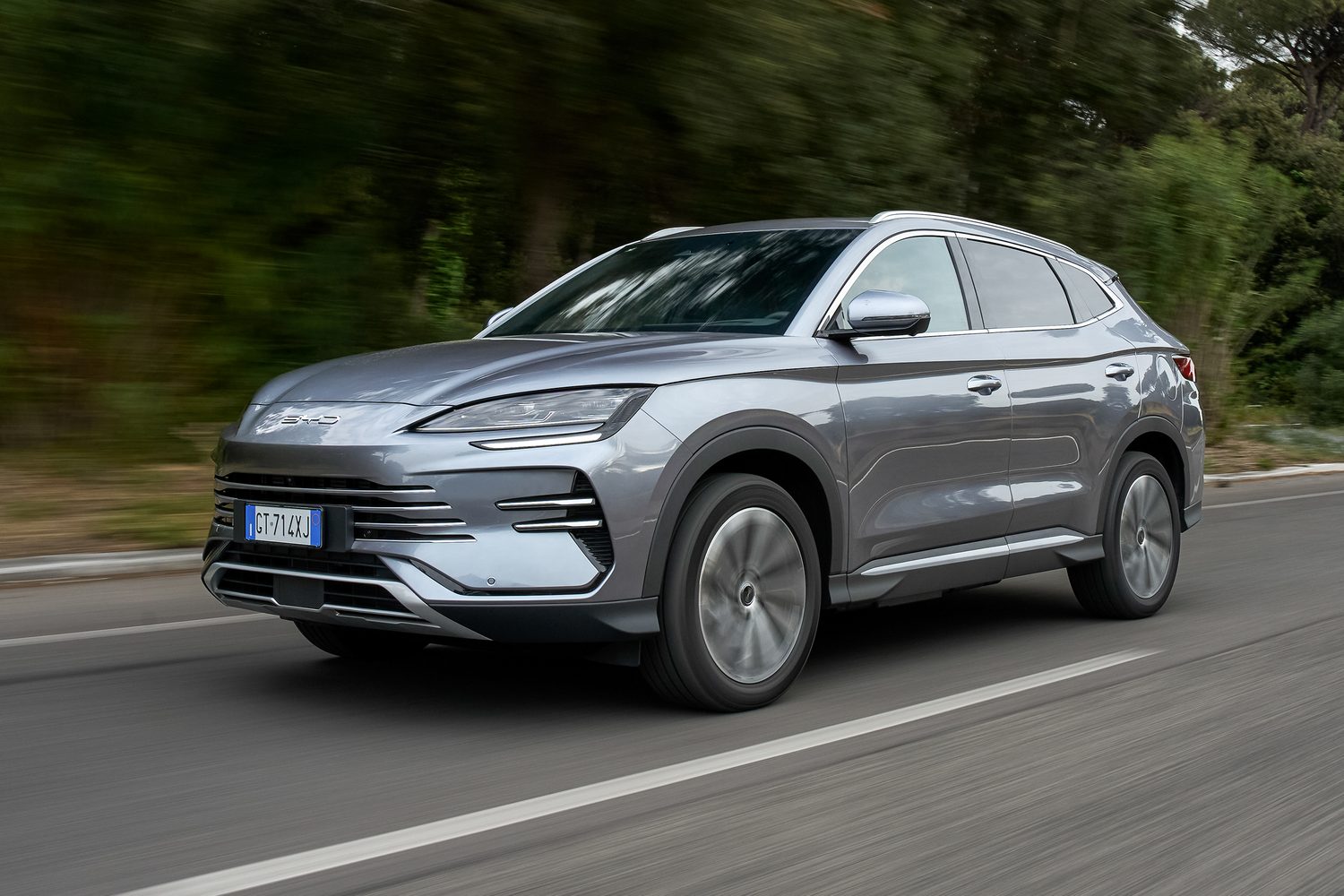
If comfort is your priority, you’ll likely appreciate the Seal U's soft suspension, but those looking for a sportier driving experience might find it a bit ponderous. The steering is also on the light side, lacking the communicative feel that some drivers prefer. While you can adjust the assistance to a firmer setting via the menu system, this needs to be done separately from the drive modes, which only affect accelerator responsiveness and traction settings.
Where the Seal U impresses is when the battery charge depletes and the four-cylinder engine kicks in. The transition between electric and combustion power is so smooth and quiet that you'll need the radio off and a keen ear to notice it.
In HEV mode, the car decides when to use electric or combustion power. During a mixed day of driving that included motorways, towns and country roads, the Seal U achieved an average consumption rate of 5.8 litres per 100 kilometres after the battery charge was depleted. This is a respectable figure for a car of this size. For many drivers, the battery range should suffice for daily commutes, reducing the need to rely on the petrol engine.
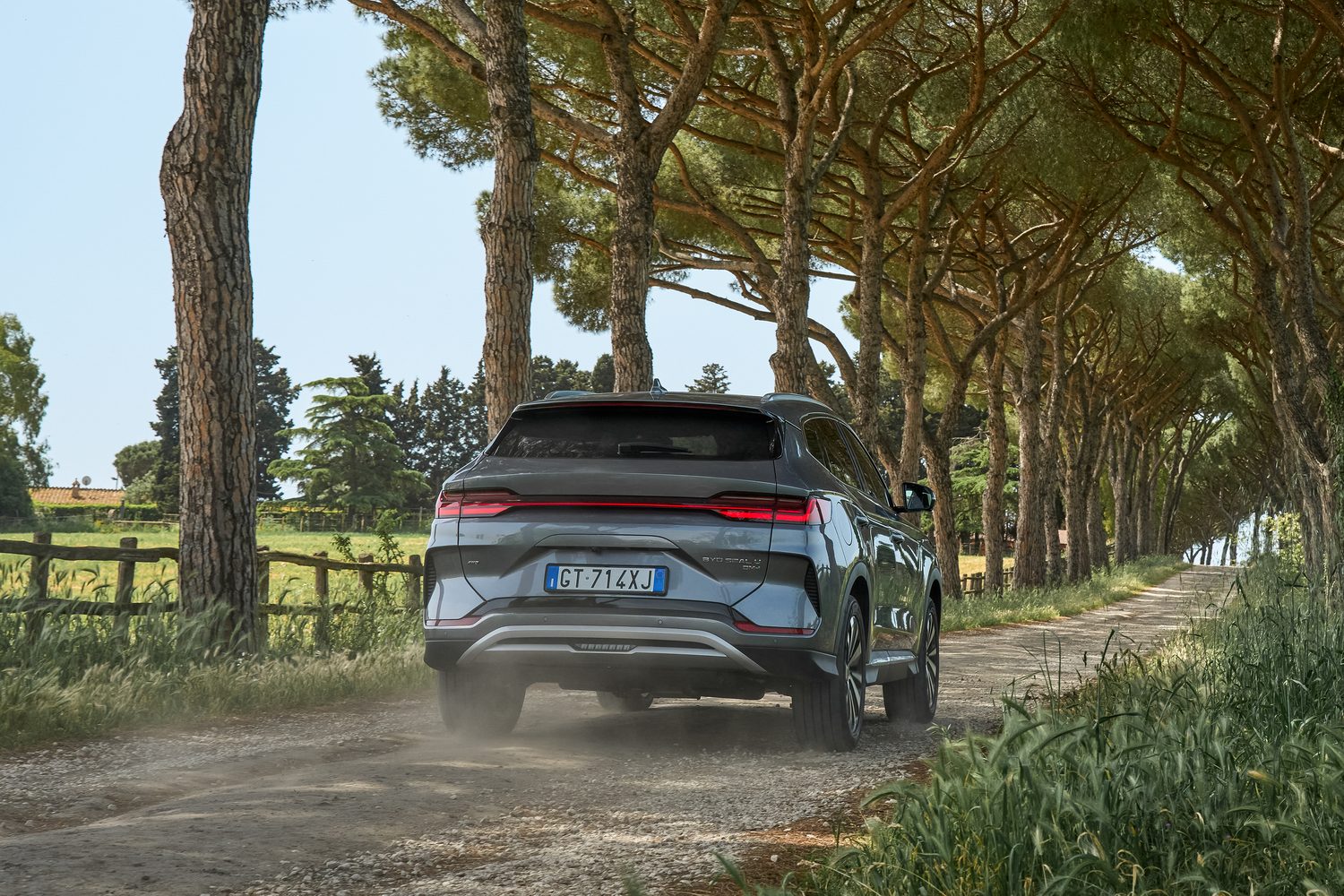
What you get for your money
BYD offers three versions of the Seal U DM-i: Boost, Comfort and Design. While all three share nearly identical exterior and interior specifications, the names distinguish their powertrains. The Boost model is the base front-wheel-drive version with a smaller battery, offering an official electric range of 80 kilometres.
The Comfort model, likely to be the most popular, also features front-wheel drive but comes with a larger battery, providing an official electric range of 125 kilometres. It shares the same power output as the Boost.
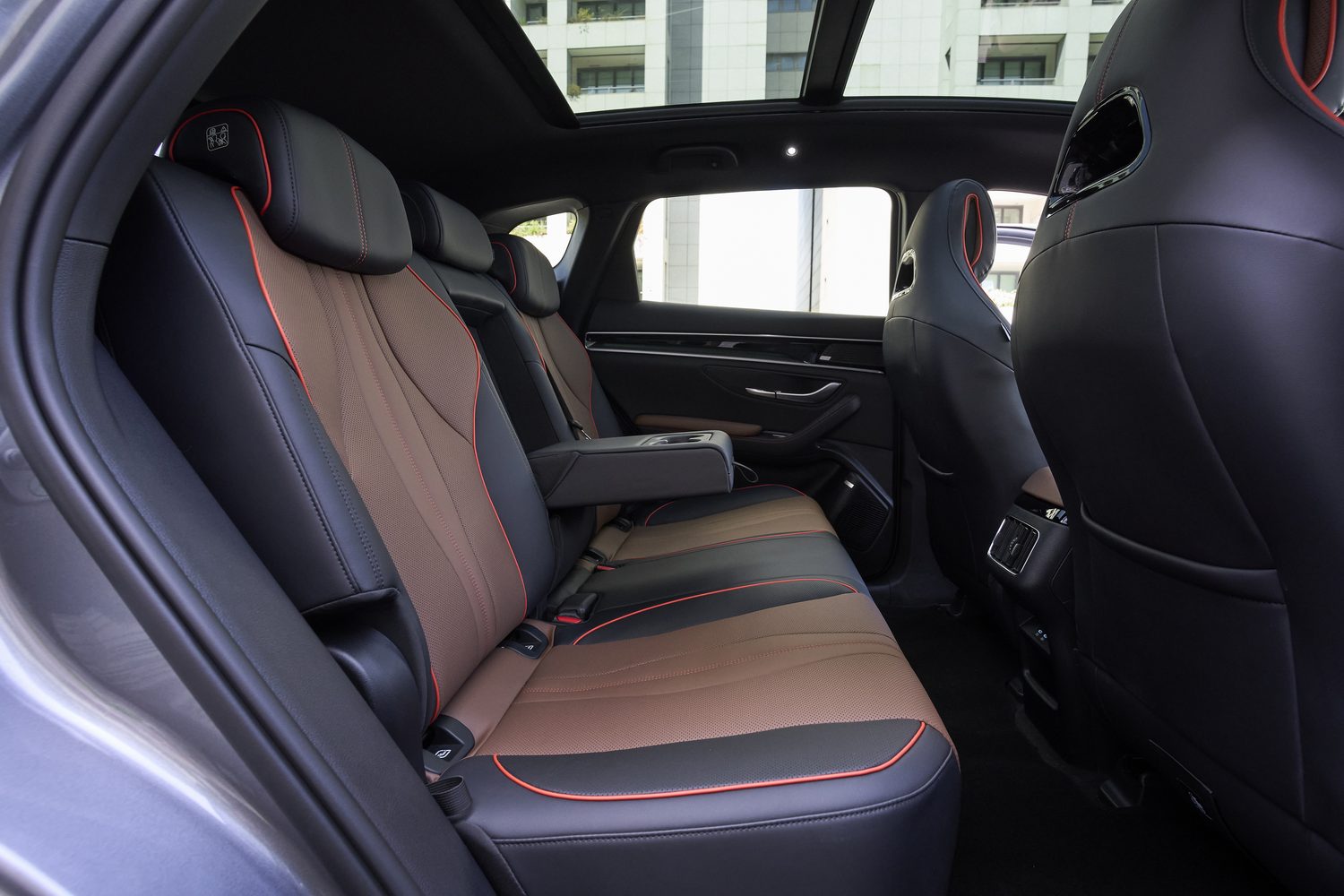
At the top of the range is the Design variant, which uses the dual-motor setup for all-wheel drive and the highest power output. However, it comes with the smaller battery, resulting in the shortest electric range at 70 kilometres.
Buyers can choose from five exterior colours: Delan Black, Time Grey, Snow White, Tian Qing (blue) and Boundless Cloud (grey). Interior options include Black, or Black and Brown. All versions come with 19-inch alloy wheels and LED lighting at the front and rear. Standard driver assistance systems are extensive and include adaptive cruise control, blind-spot detection, lane departure prevention and a 360-degree camera system.
BYD will announce Irish pricing closer to the Seal U's arrival in Ireland, expected around July 2024.
Summary
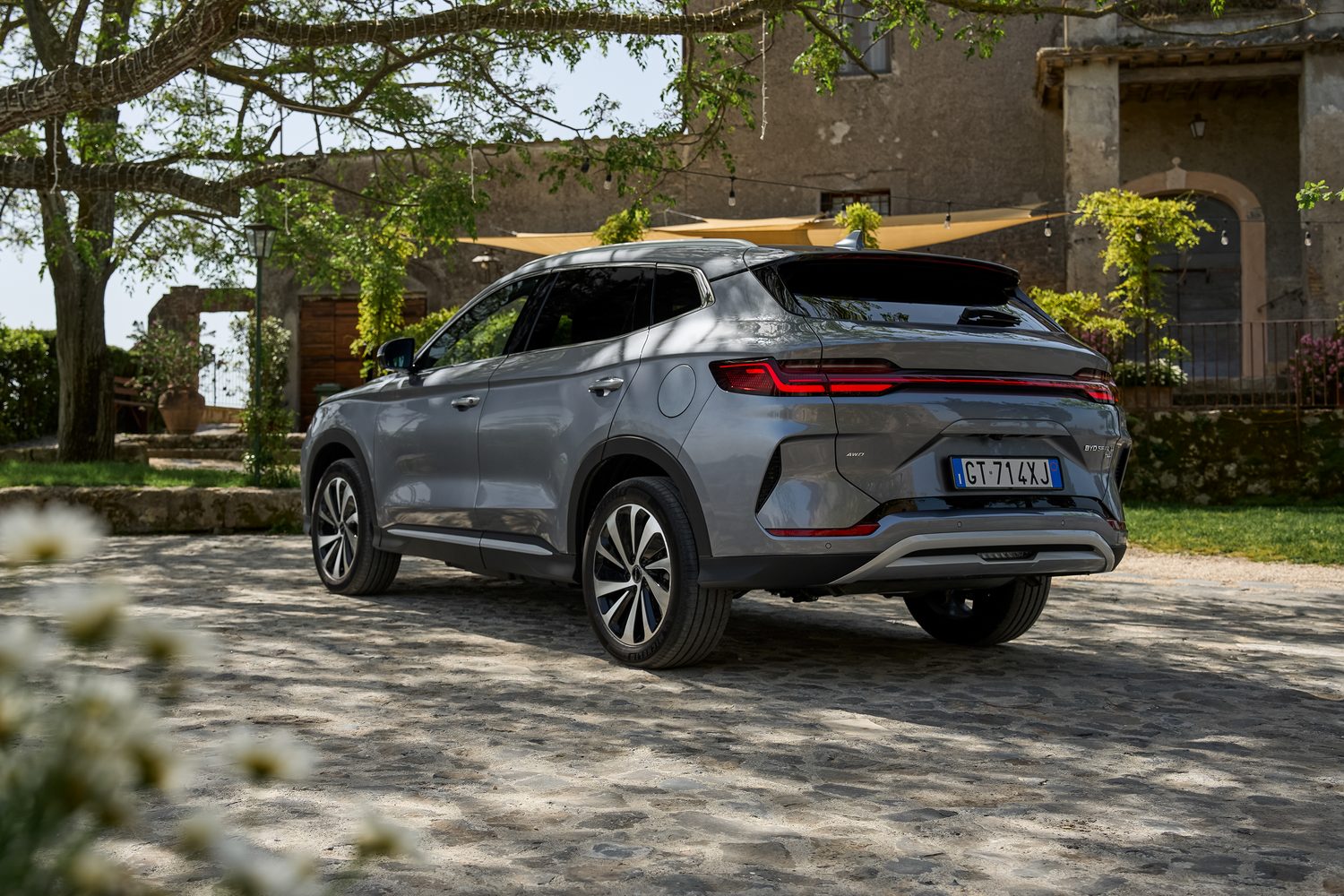
The BYD Seal U DM-i excels in comfort and refinement, offering a high level of equipment and features. Its plug-in hybrid options make them suitable for more electric driving while still providing the convenience of longer journeys without the hassle of lengthy stops or meticulous charging plans required by fully electric vehicles. It’s a sensible model introduction for the Chinese brand and its Irish dealers will no doubt welcome it with open arms.

